Carolina's Cam Newton is the NFL's reigning MVP, while New Orleans' Drew Brees is a two-time league Offensive Player of the Year. In Atlanta, Matt Ryan just put up his fourth straight season of 4,500 or more passing yards, while in Tampa Jameis Winston became just the third rookie in NFL history to crack 4,000.
That's a murderer's row of quarterbacks and, even if Brees recently turned 37, it isn't going anywhere for a while. NFC South defensive coordinators have to find a way to counter, or at least slow down, those quarterbacks and they're differing but universally productive styles. Fortunately, they all have general managers who want to give them the tools they need to succeed.
A look at the newest members of the Tampa Bay Buccaneers.

CB Vernon Hargreaves
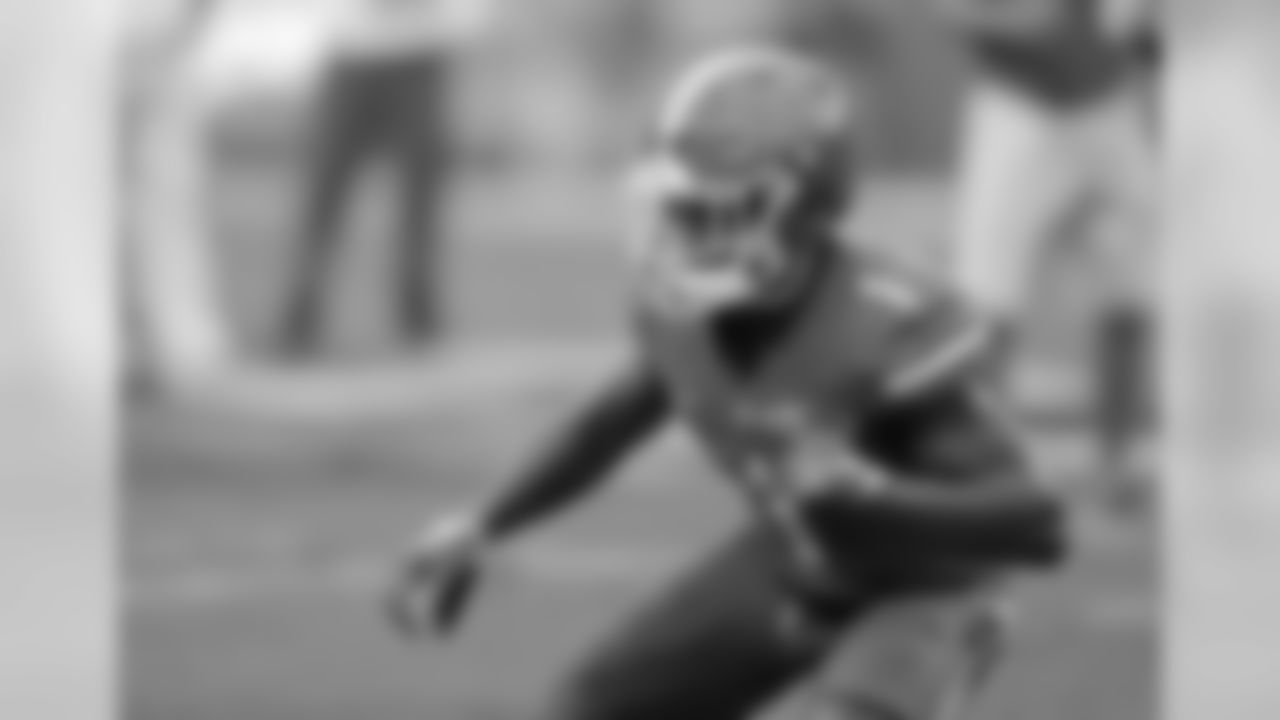
CB Vernon Hargreaves

CB Vernon Hargreaves

DE Noah Spence
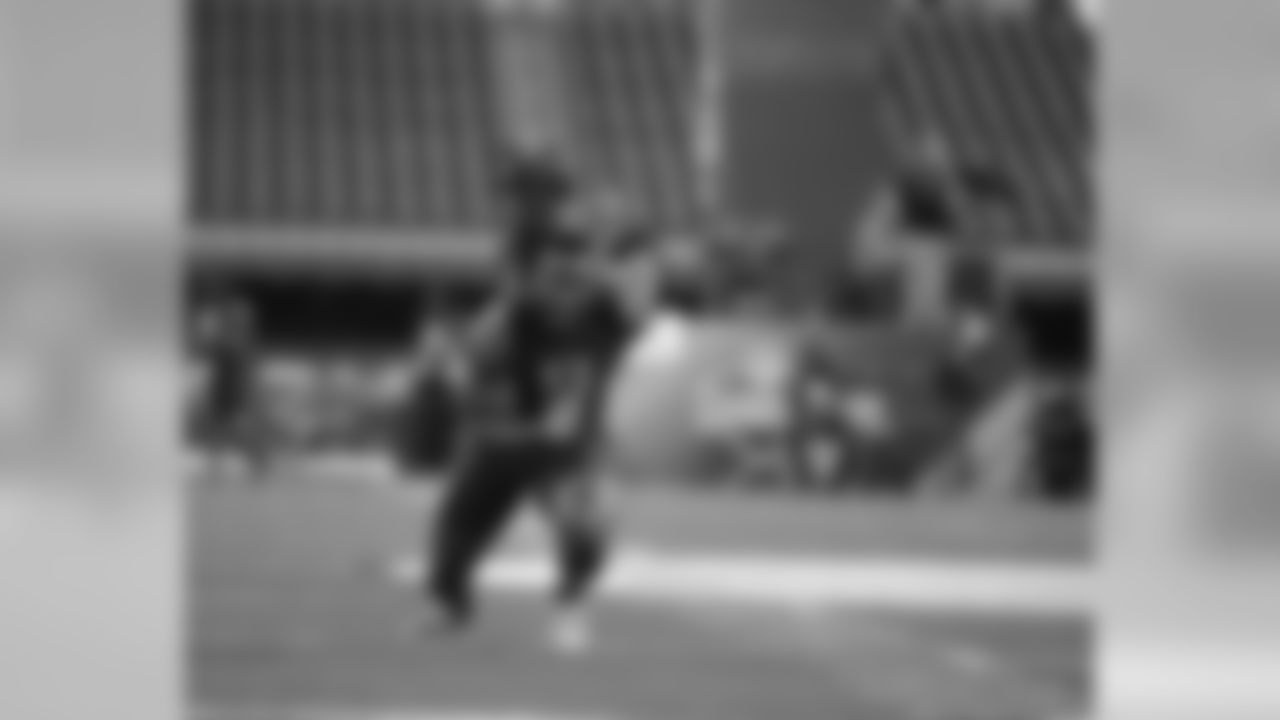
DE Noah Spence
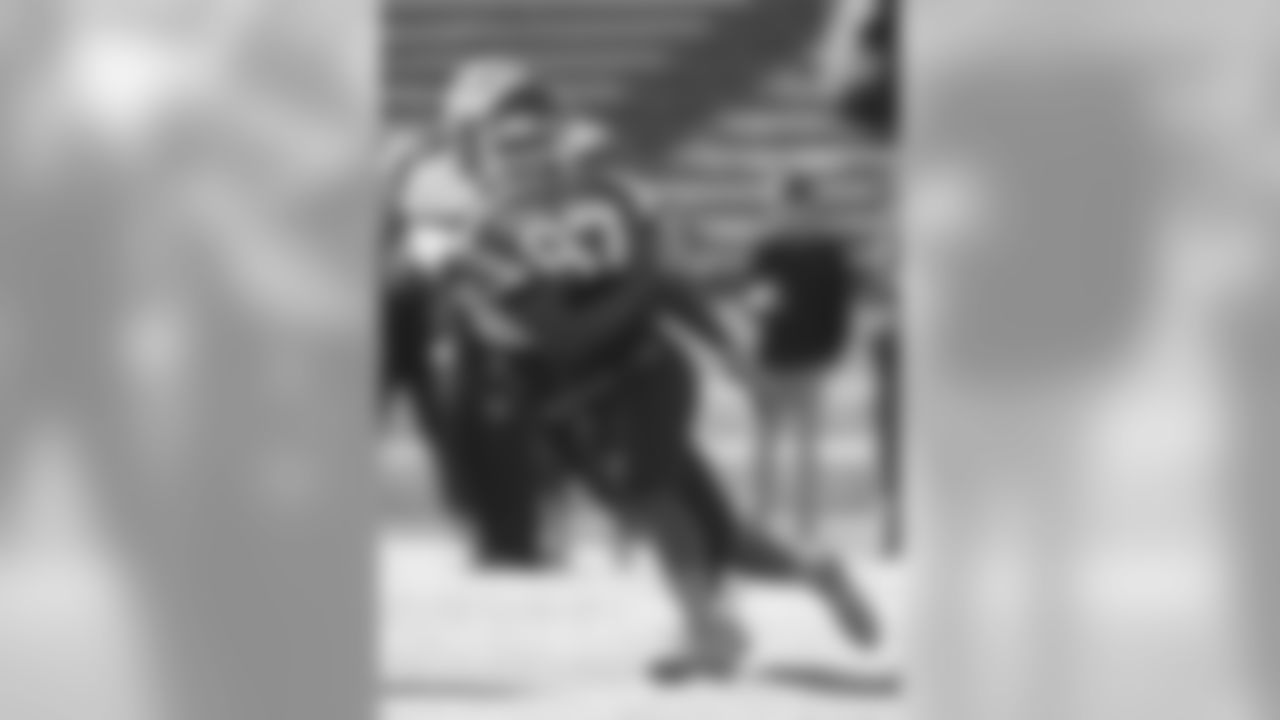
DE Noah Spence

K Roberto Aguayo

K Roberto Aguayo

K Roberto Aguayo
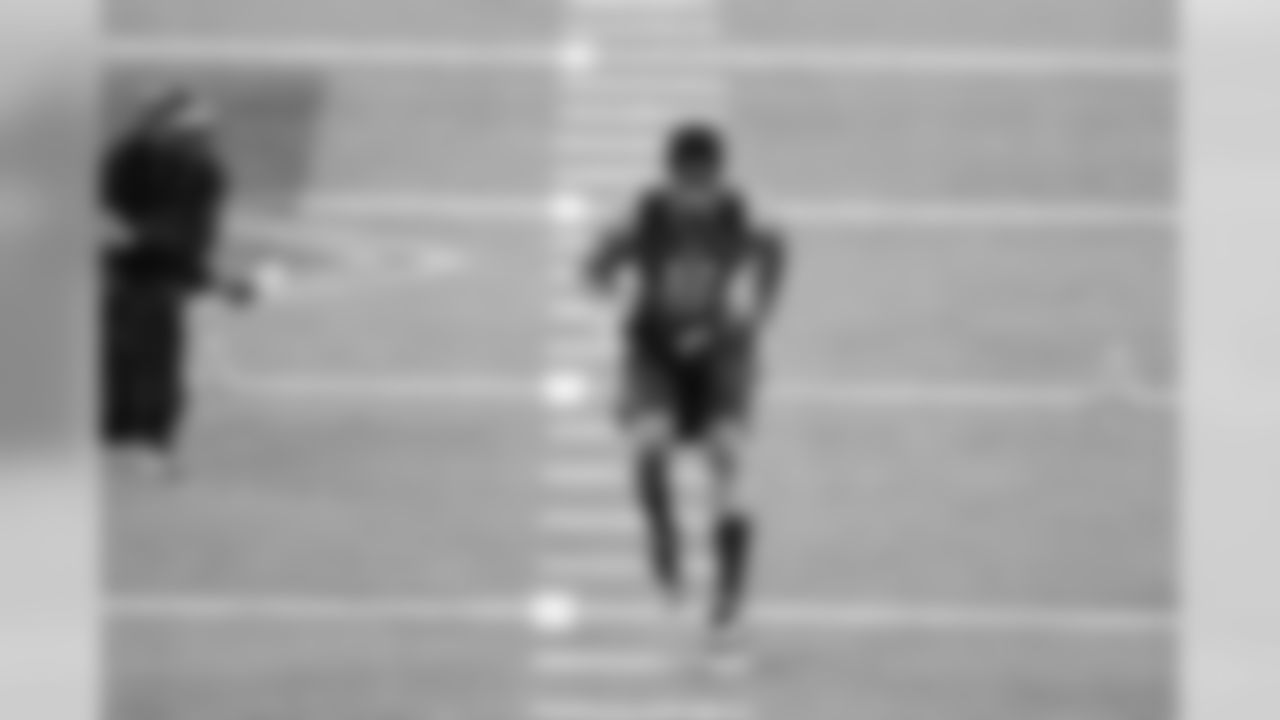
DB Ryan Smith
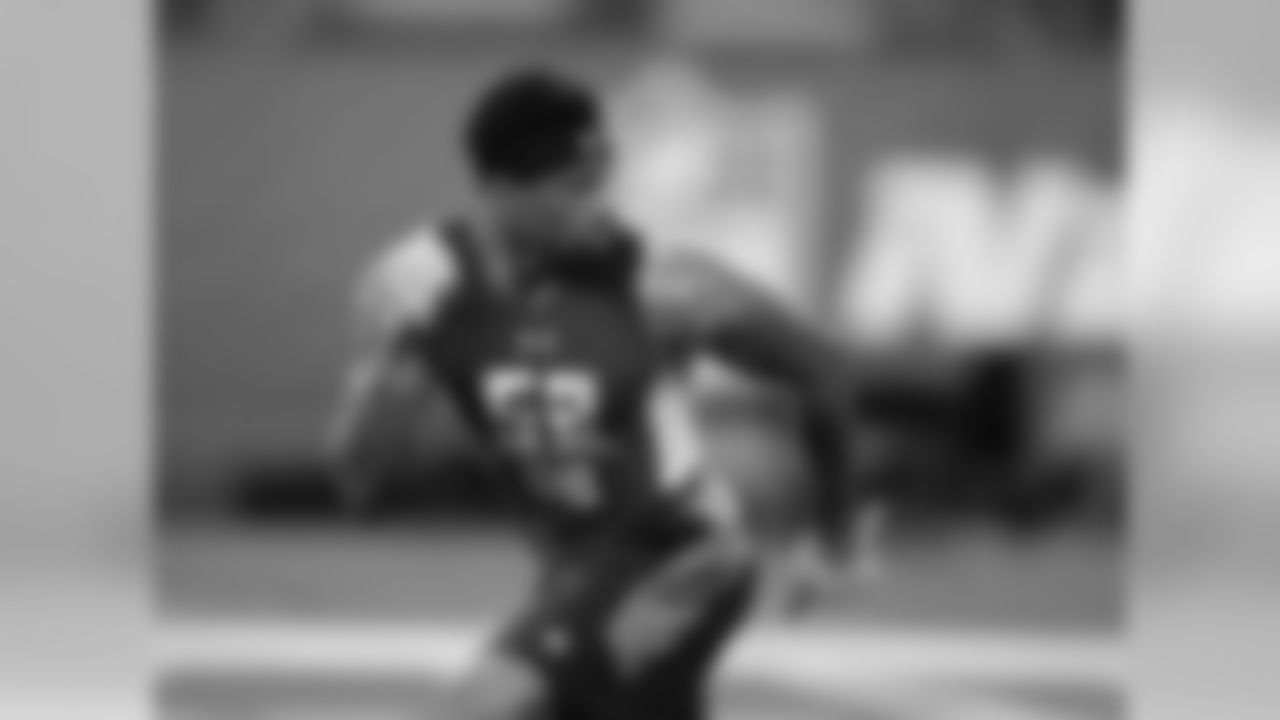
DB Ryan Smith
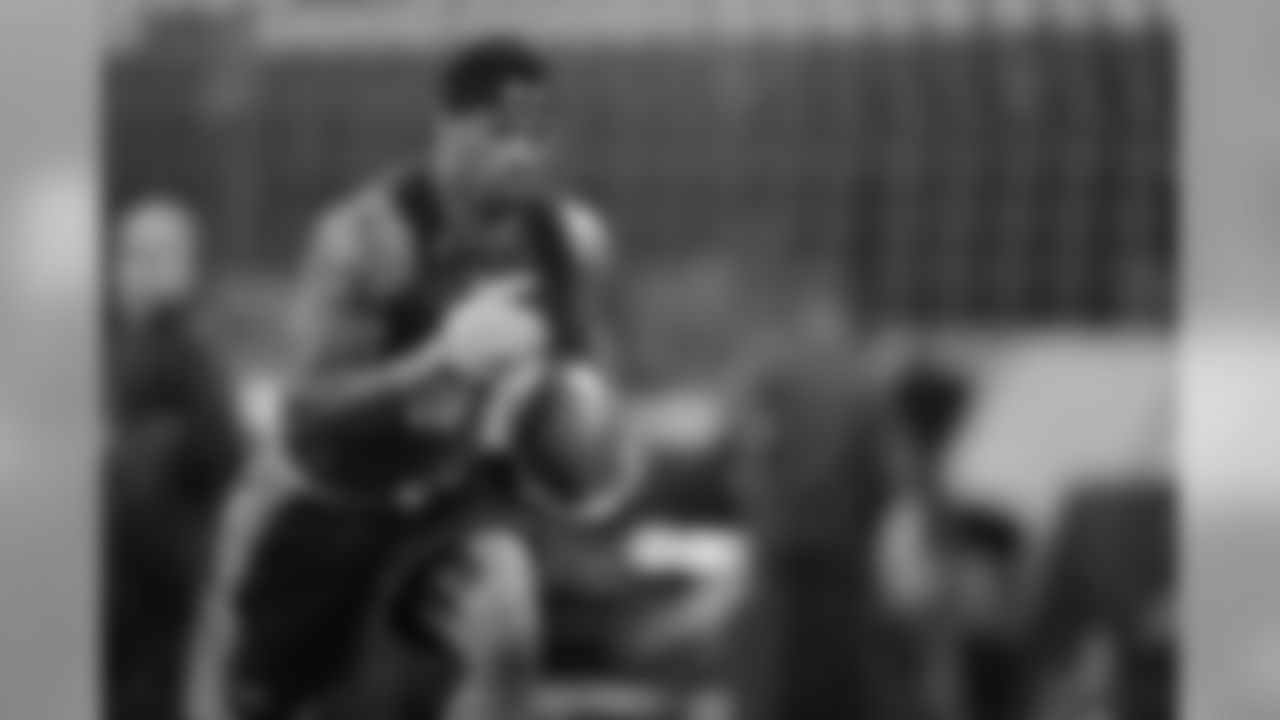
DB Ryan Smith
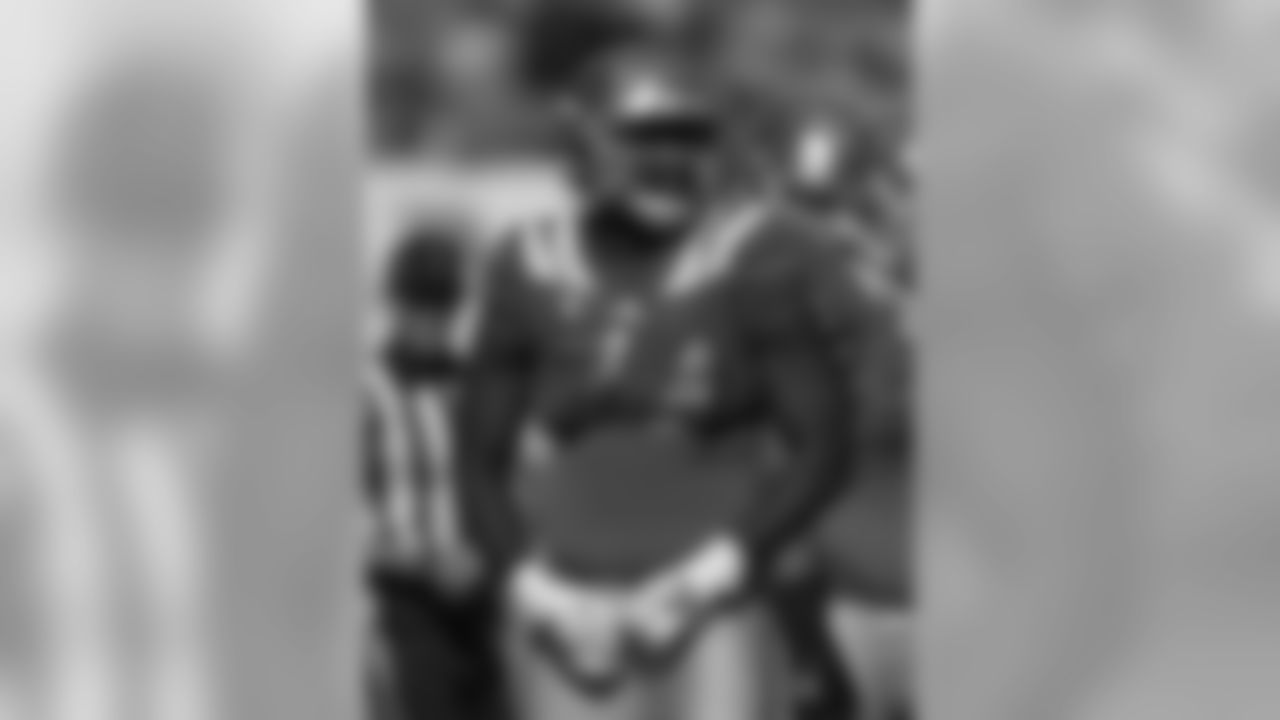
OT Caleb Benenoch
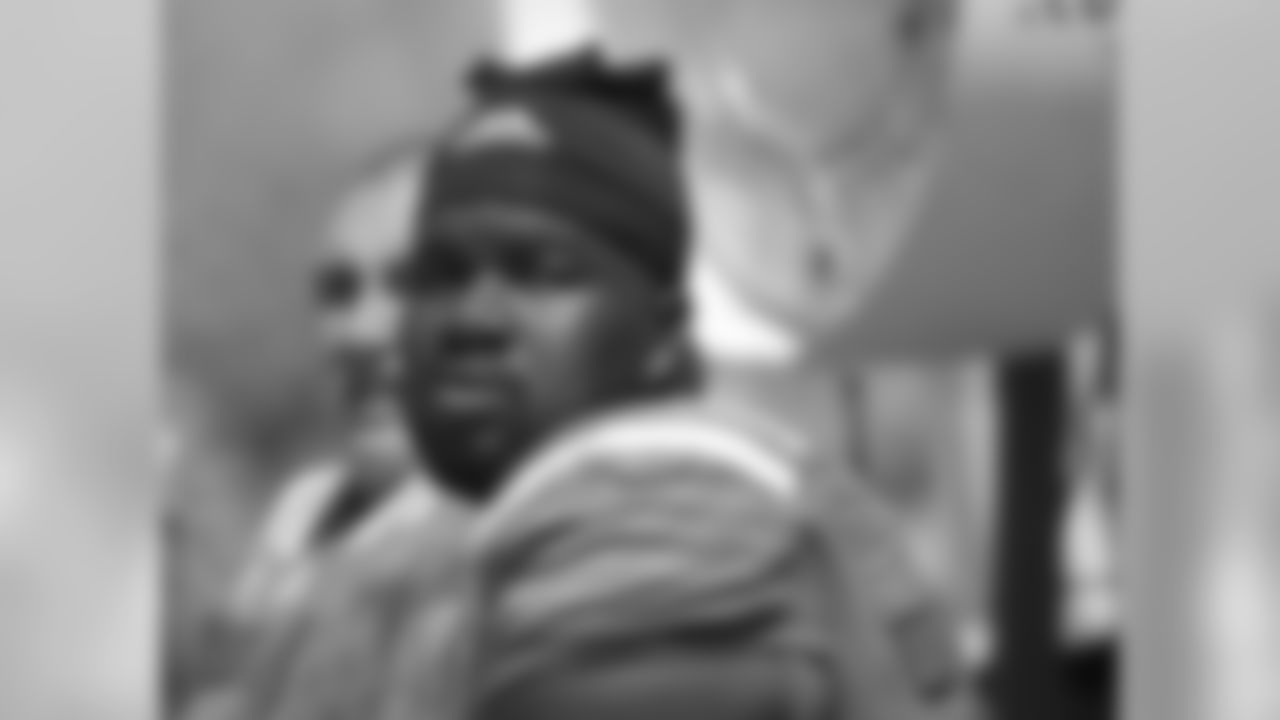
OT Caleb Benenoch

LB Devante Bond
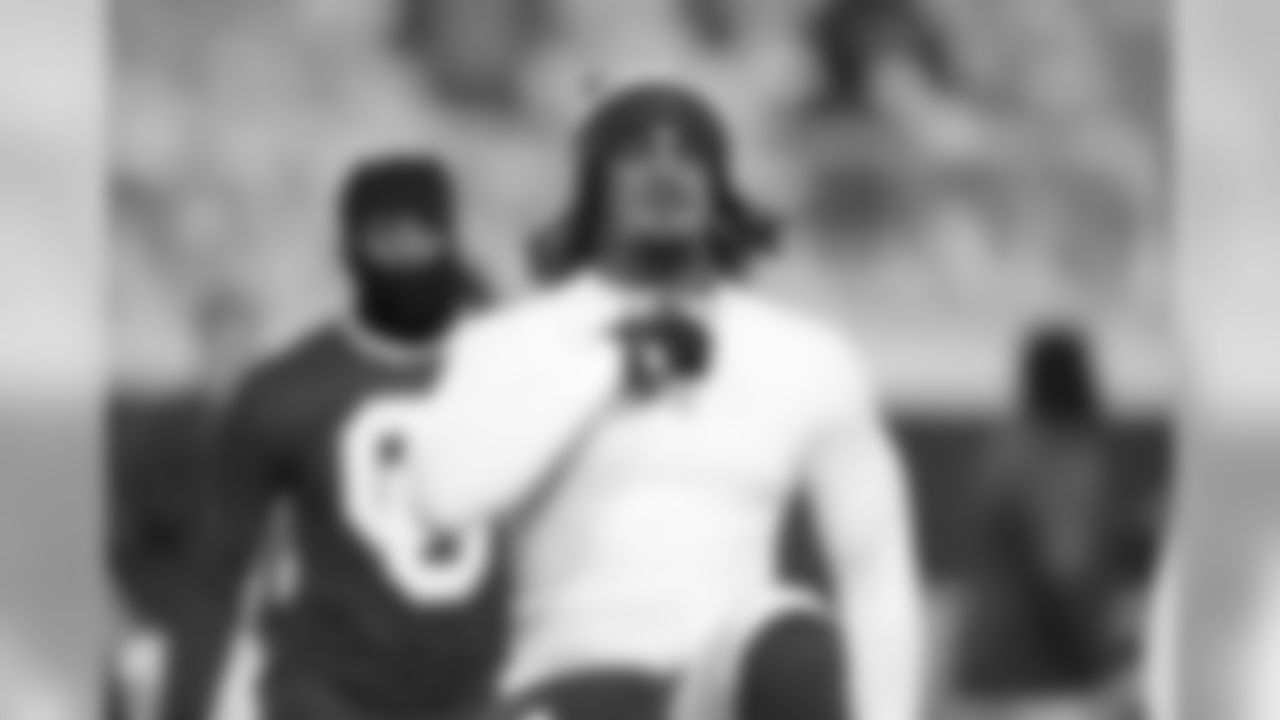
LB Devante Bond

LB Devante Bond
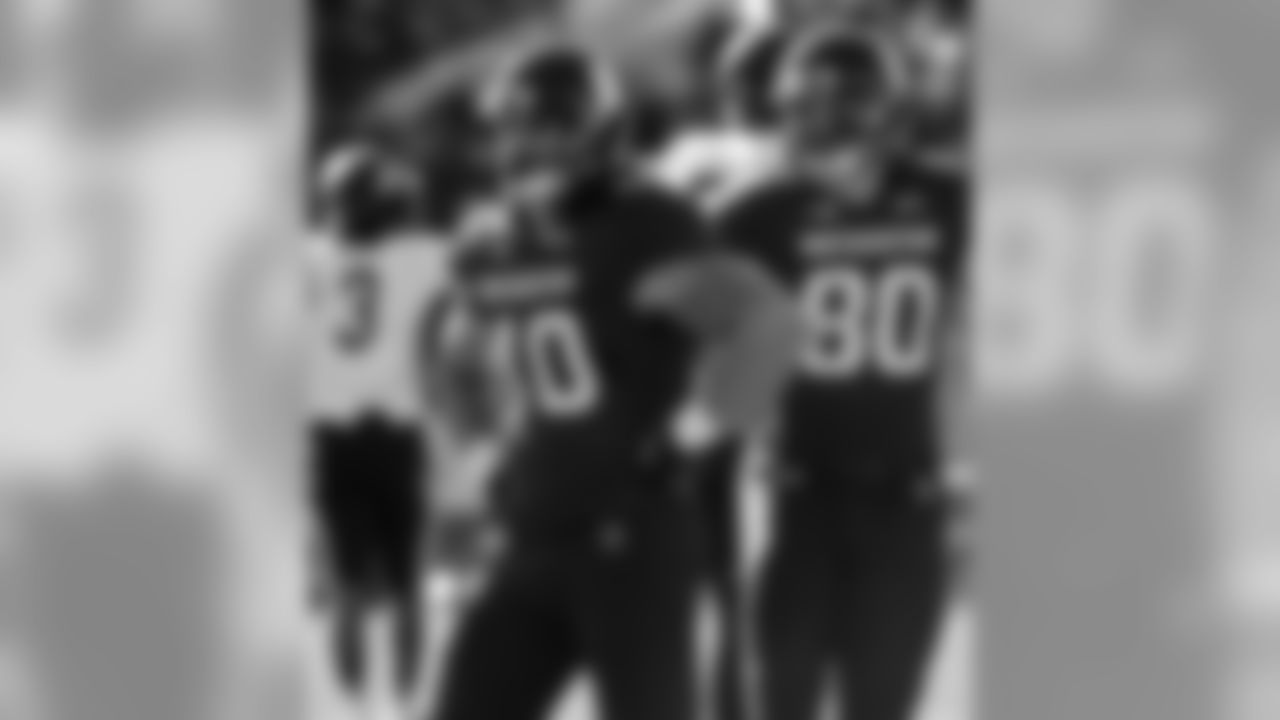
FB Dan Vitale
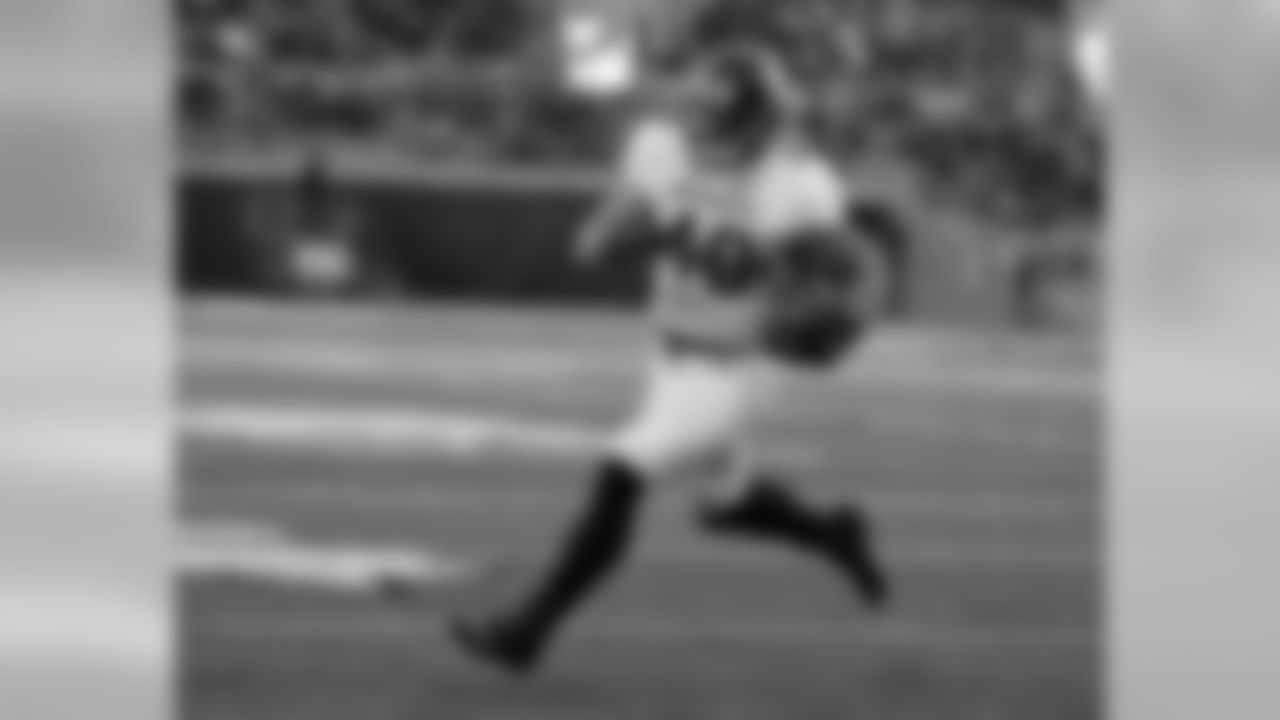
FB Dan Vitale
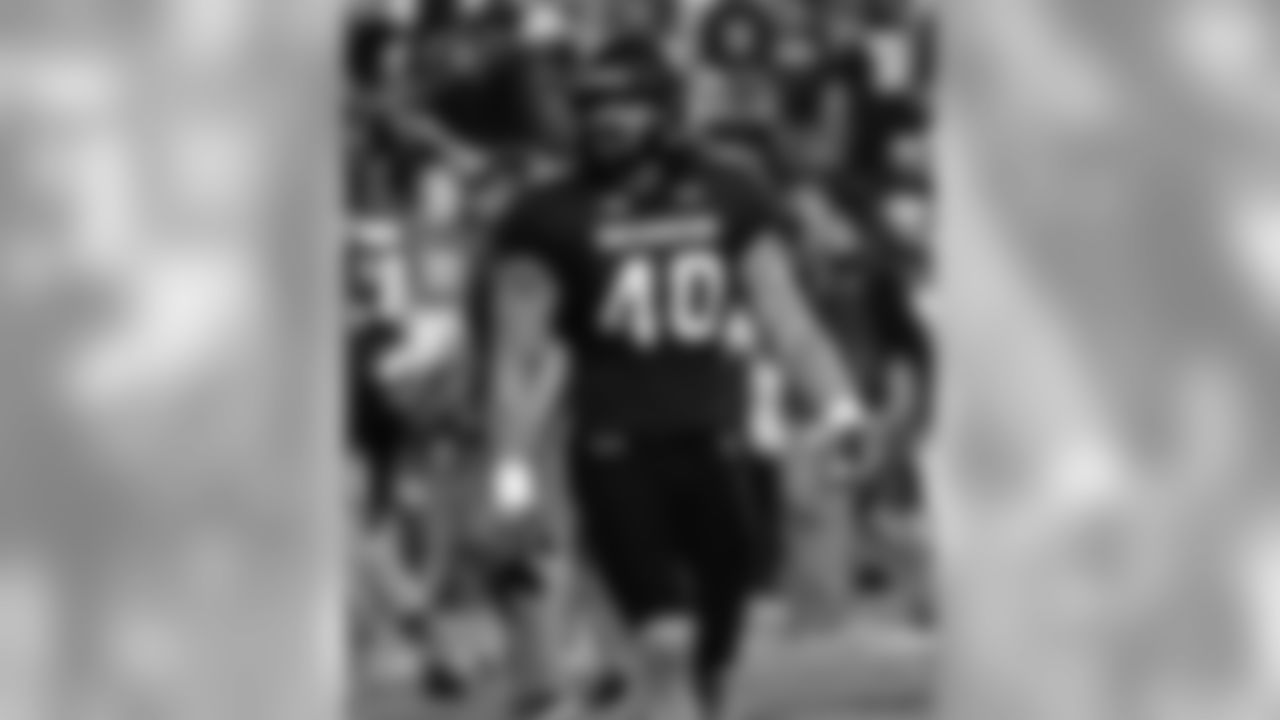
FB Dan Vitale
That dynamic was certainly on display two weekends ago, when the entire NFC South went defense-heavy in the 2016 NFL Draft. This year's pool of prospects was considered especially deep at several defensive positions, and that was reflected particularly in the first two rounds of the draft. Even with four quarterbacks going in Rounds One and Two, 38 of the first 63 picks were on defense, including 22 of 32 in the second round.
No other division took advantage of that depth more than the one in which the Bucs reside. That was no surprise for Tampa Bay and General Manager Jason Licht; after the 2014 and 2015 drafts brought just one defensive player, combined, it was an easy prediction that the Bucs would focus on defense this year. The Panthers outdid them, however, using four of their five picks on defenders, to four of seven for the Bucs. Atlanta used half of its selections to help the defense, New Orleans three of five.
Overall, the NFC South used the highest percentage of its 2016 draft picks on defensive players. The Bucs' division also was most defense-heavy in the first two rounds, where one is most likely to find a starter for the immediate or near future. Overall, the South picked 10 players in the first two rounds and only one of them was an offensive addition (that does include one special teams selection, as the Buccaneers used their second second-rounder on kicker Roberto Aguayo. Here's how the eight divisions shook out in those two categories:

All four of the NFC South teams finished in the top 11 in the NFL's yardage rankings last year (the Buccaneers were fifth). Tampa Bay and Atlanta fall down those rankings when it's sorted by points-scored, but they clearly have offenses with deep potential, and they're chasing the first and eighth-highest scoring attacks in Carolina and New Orleans. The Buccaneers, who had serious difficulty stopping opposing passing attacks in 2015, as evidenced by a 70% completion rate allowed, attempted to address that with a cover corner in the first round and an edge rusher in the second. As Buc fans celebrate the arrivals of Vernon Hargreaves and Noah Spence, let's take a closer look at what the rest of the NFC South did in this year's draft.
Atlanta:

The Falcons produced a league-low 19 sacks in 2015, a serious deficiency highlighted by the fact that eight of the top 10 teams in that category made the playoffs. However, they used their first-round pick a year ago, number eight overall, to pick up edge rusher Vic Beasley. Surely expecting more out of Beasley in 2016 than his team-high four sacks last year, the Falcons instead focused on restocking the back seven.
The best photos from the Buccaneers' 2016 rookie mini-camp.
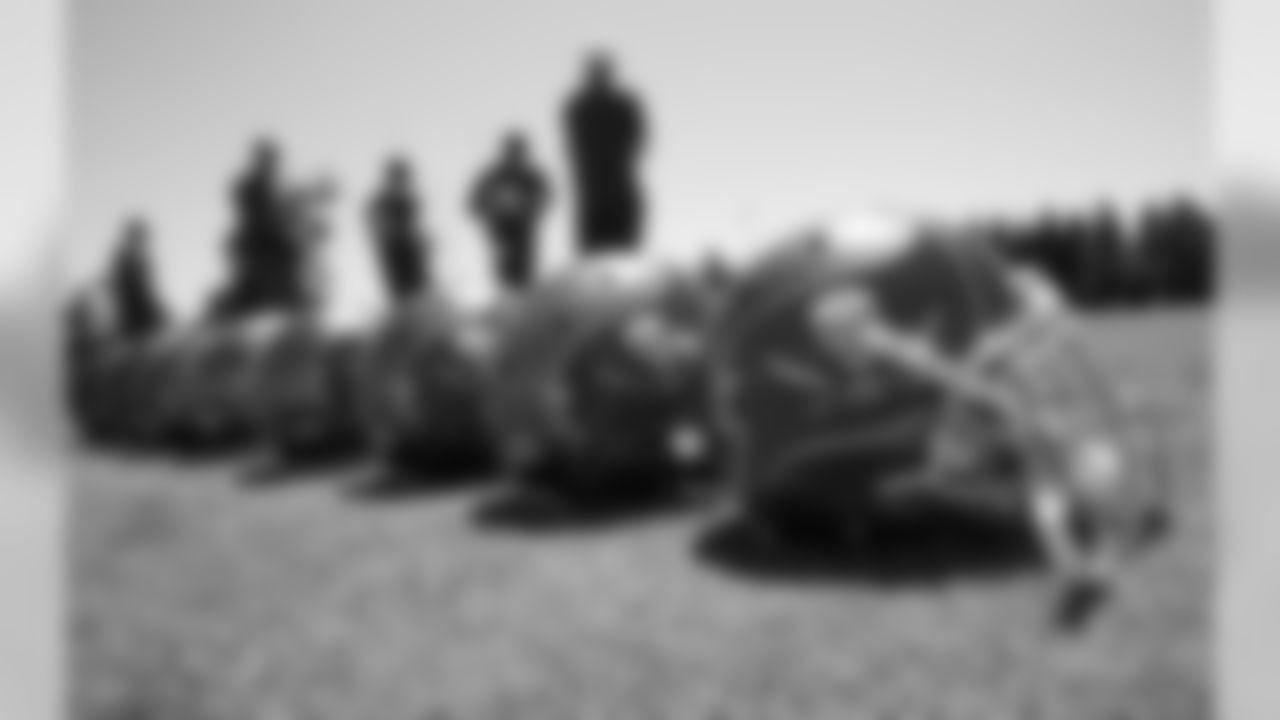

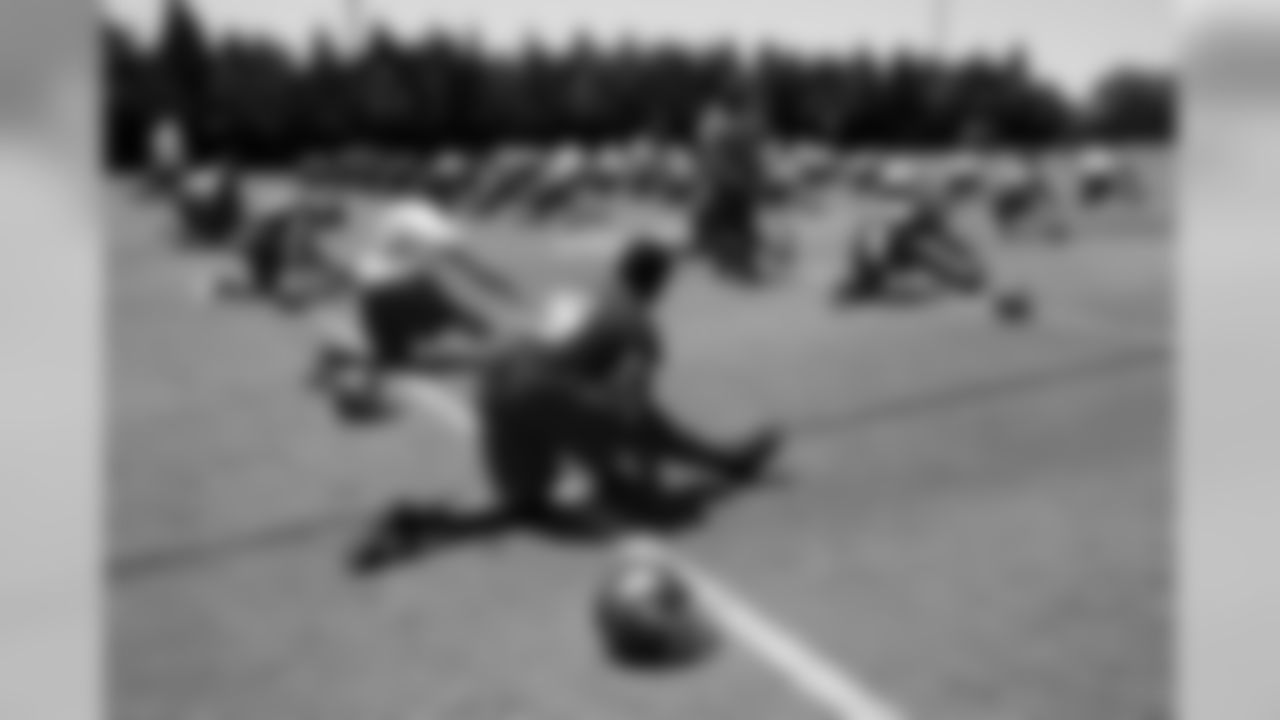

CB Vernon Hargreaves

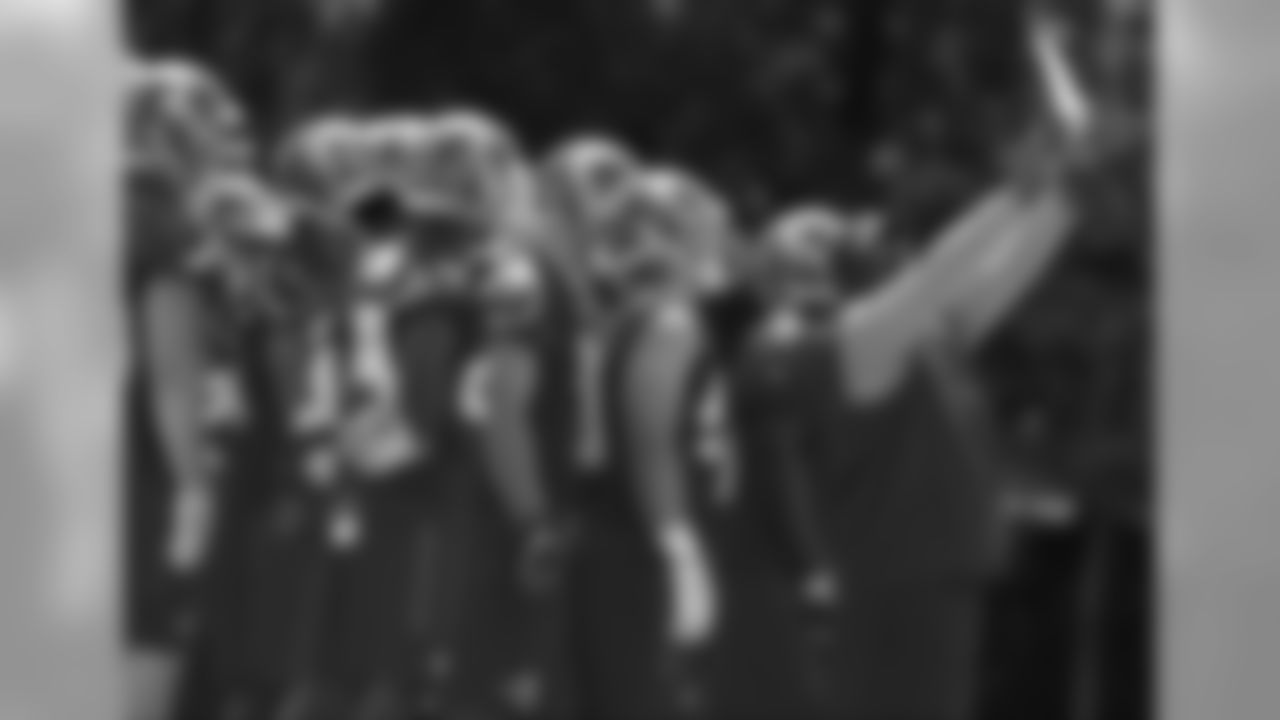

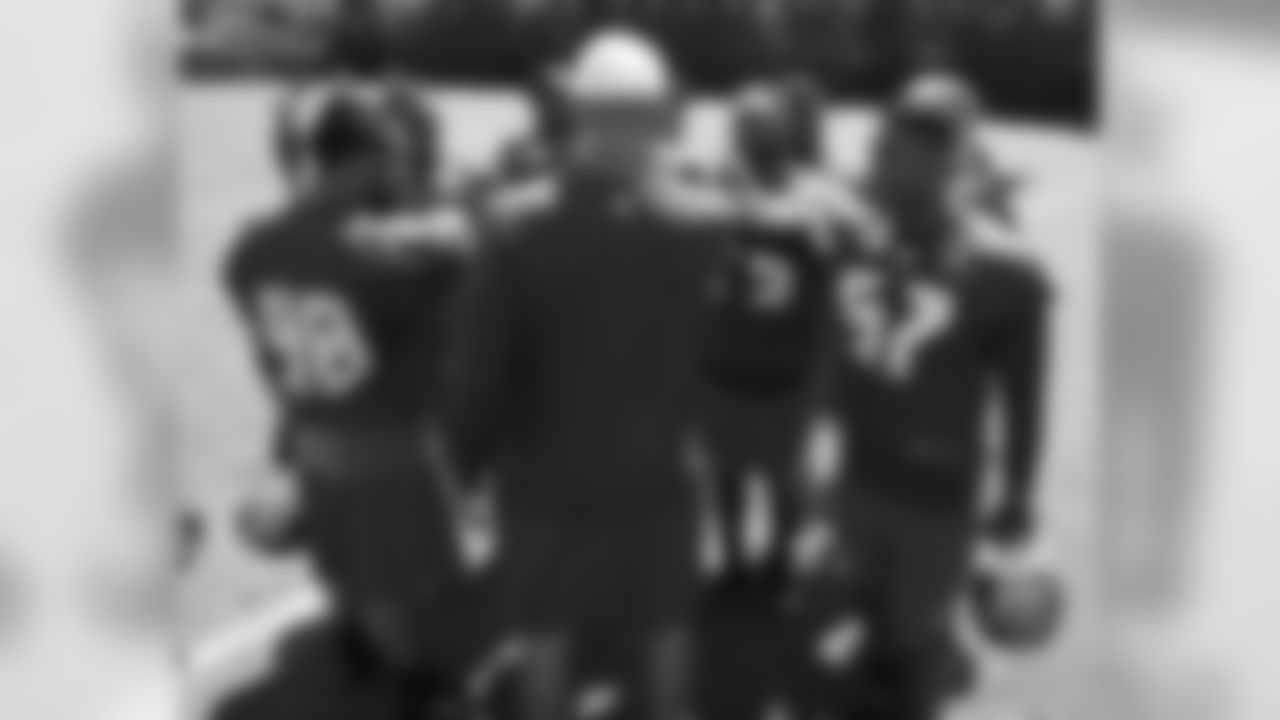

LB Luke Rhodes
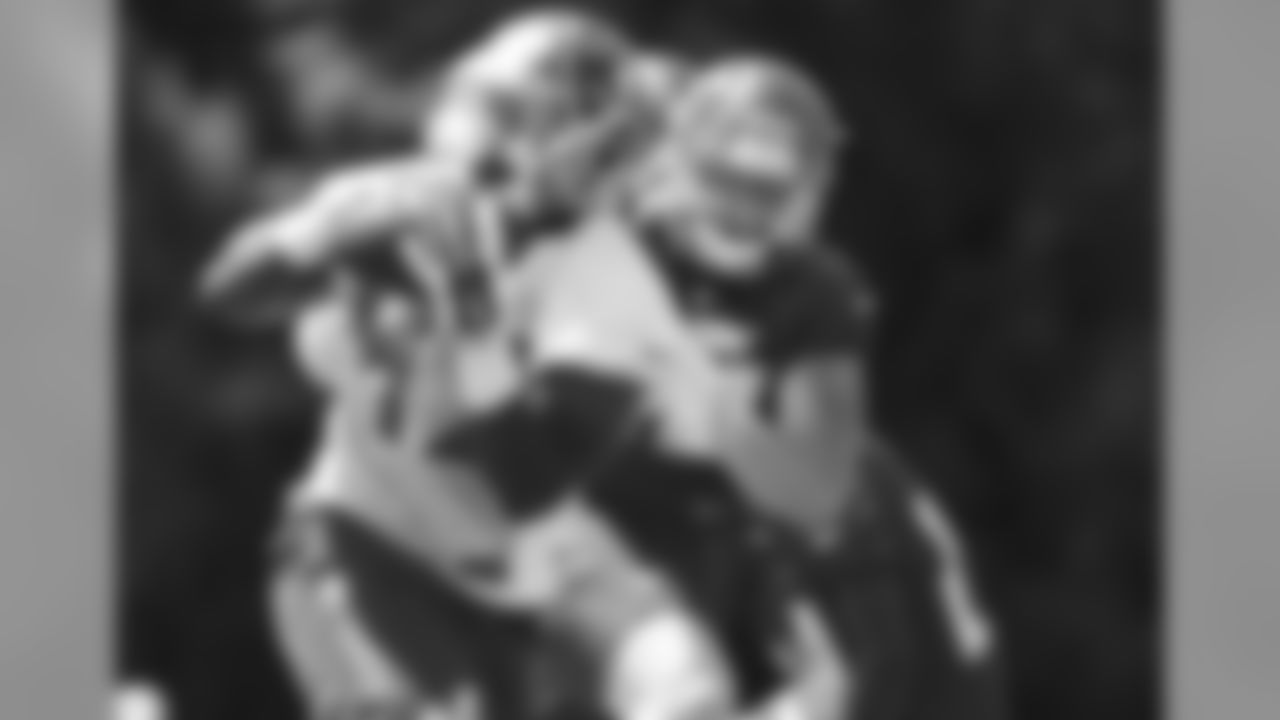
LB Zach Shaw
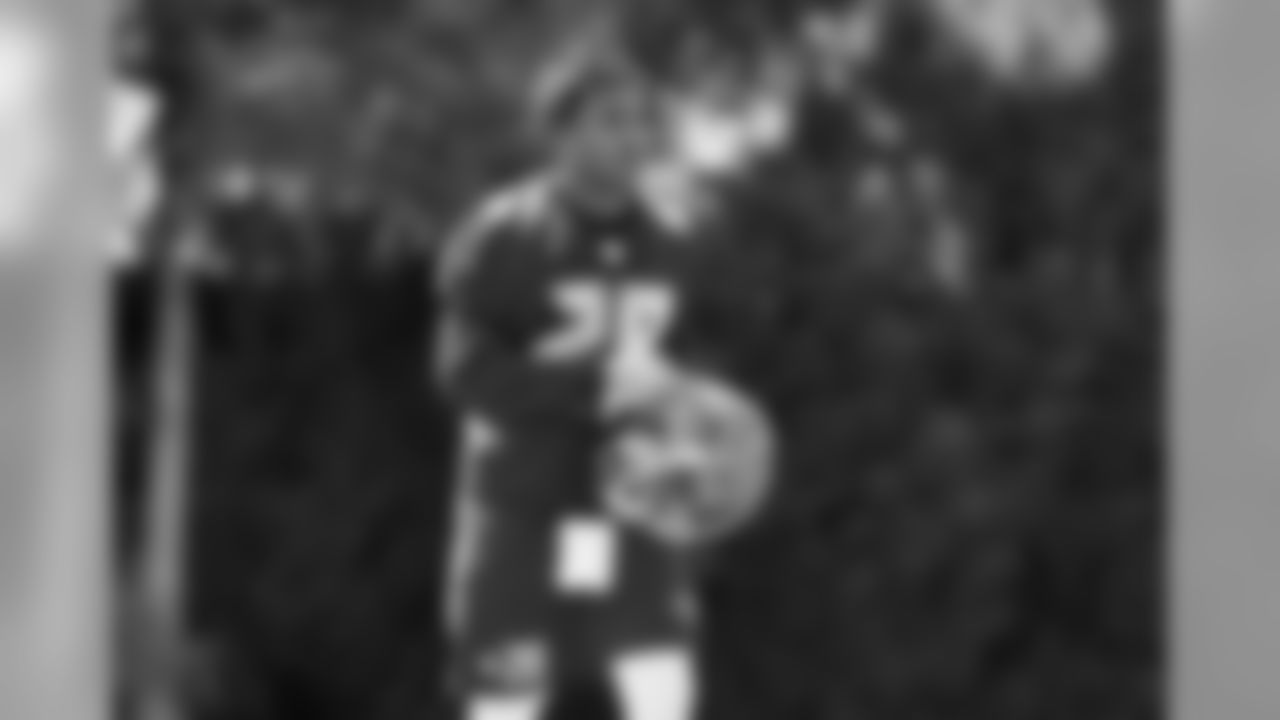
CB Vernon Hargreaves

HC Dirk Koetter
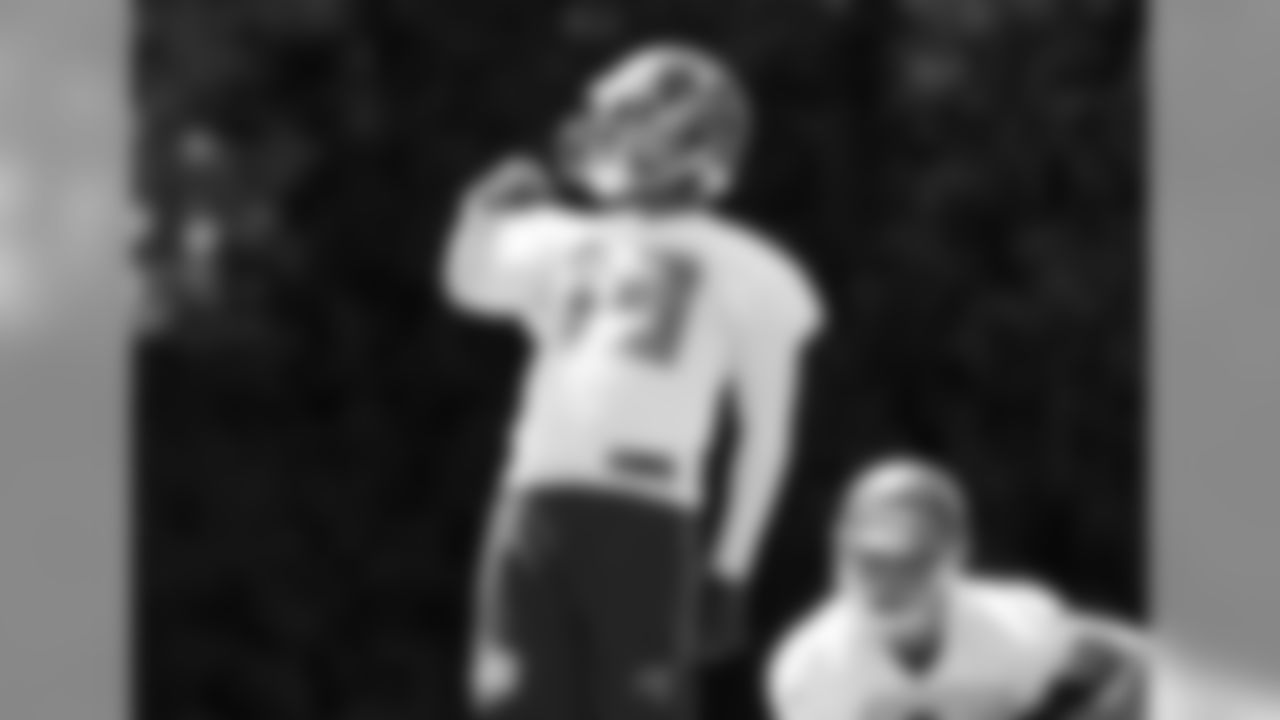
K Roberto Aguayo

DB Ryan Smith

DC Mike Smith
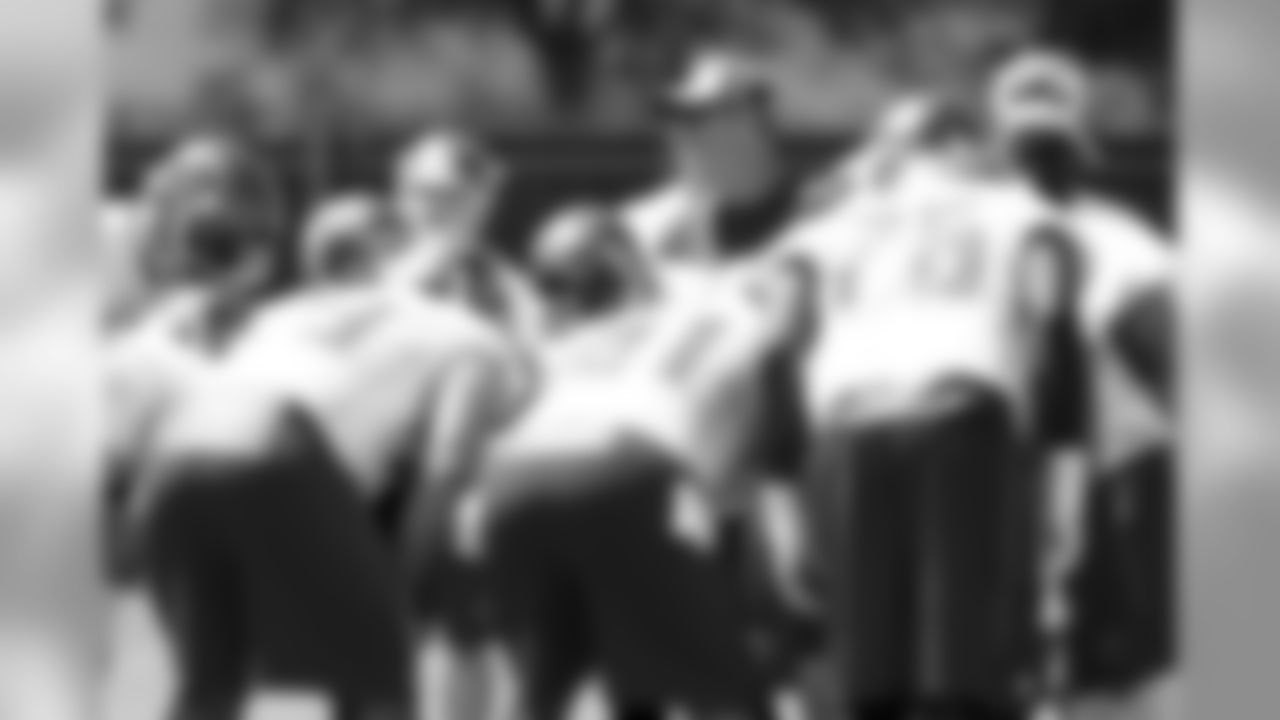
HC Dirk Koetter
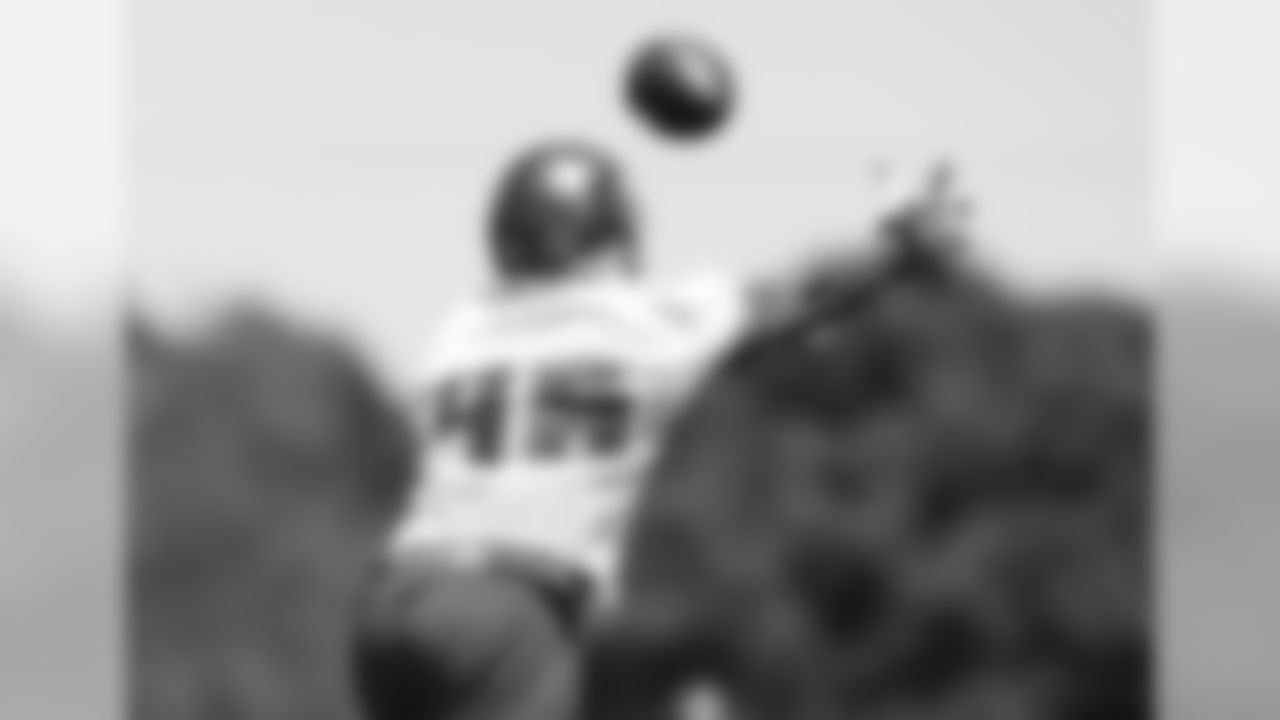
TE Kivon Cartwright
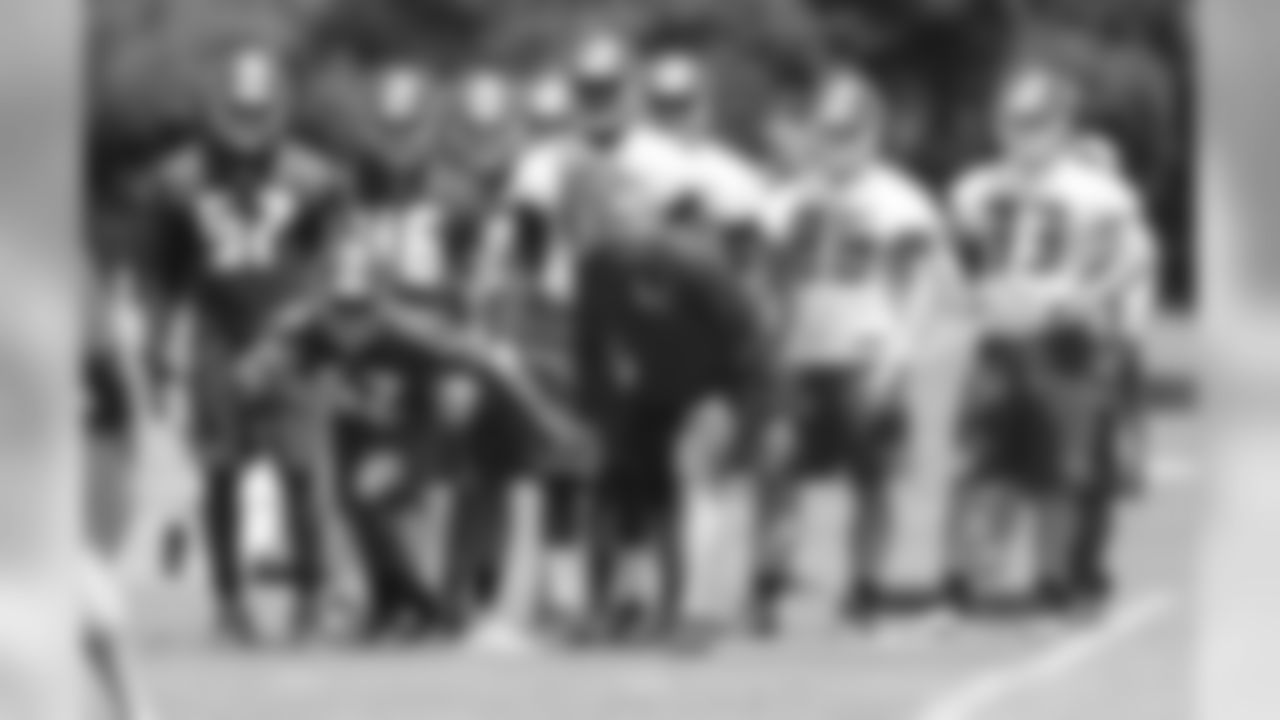
Special Teams Coach Nate Kaczor
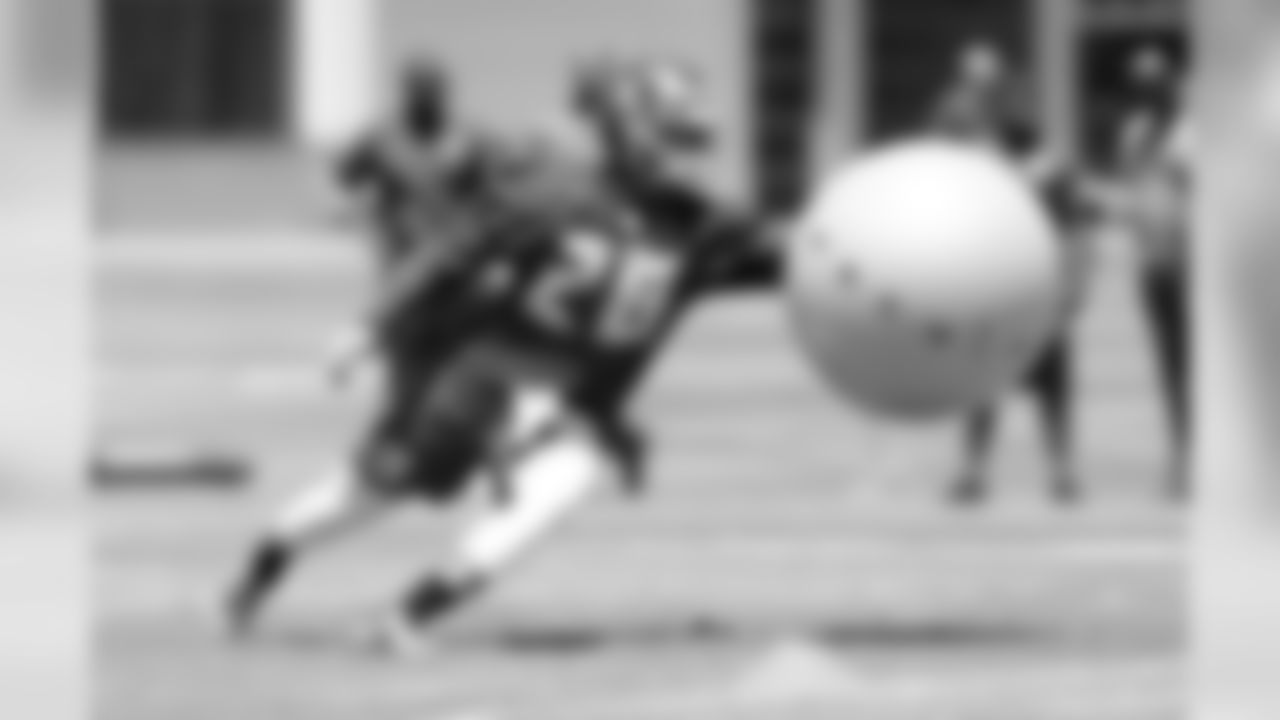
CB Vernon Hargreaves

LB Devante Bond

WR Bernard Reedy
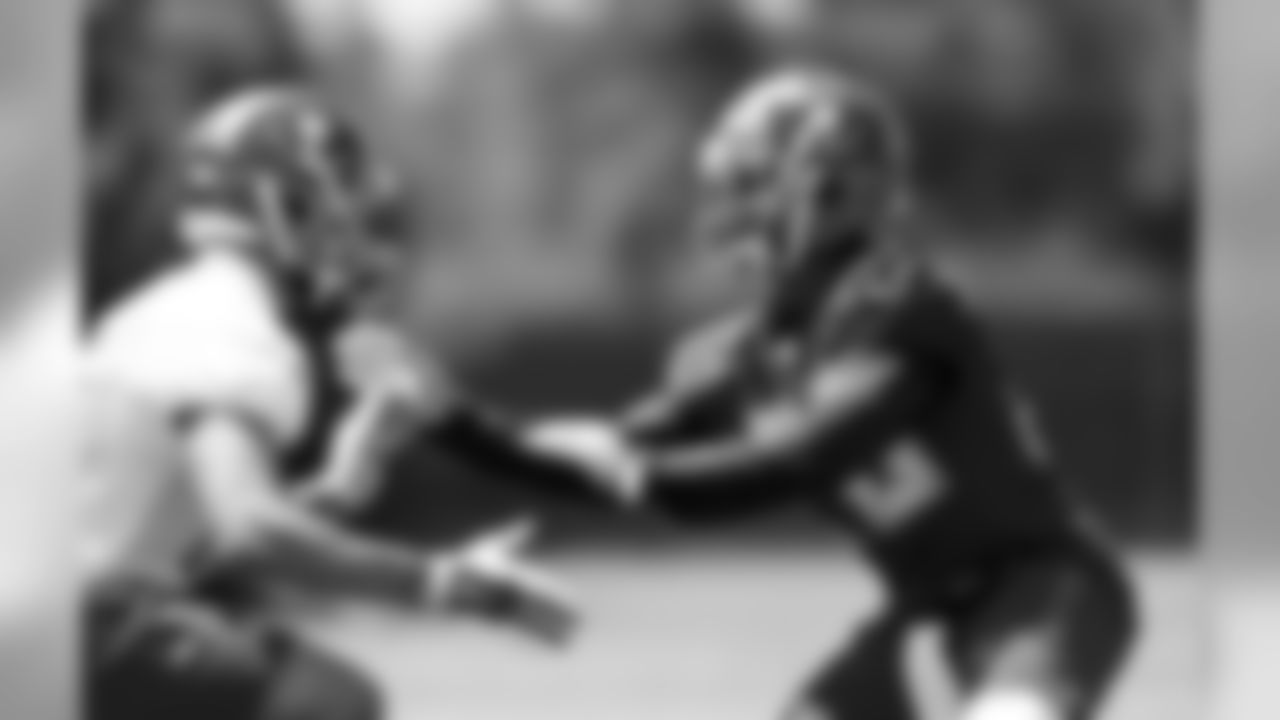
CB Vernon Hargreaves
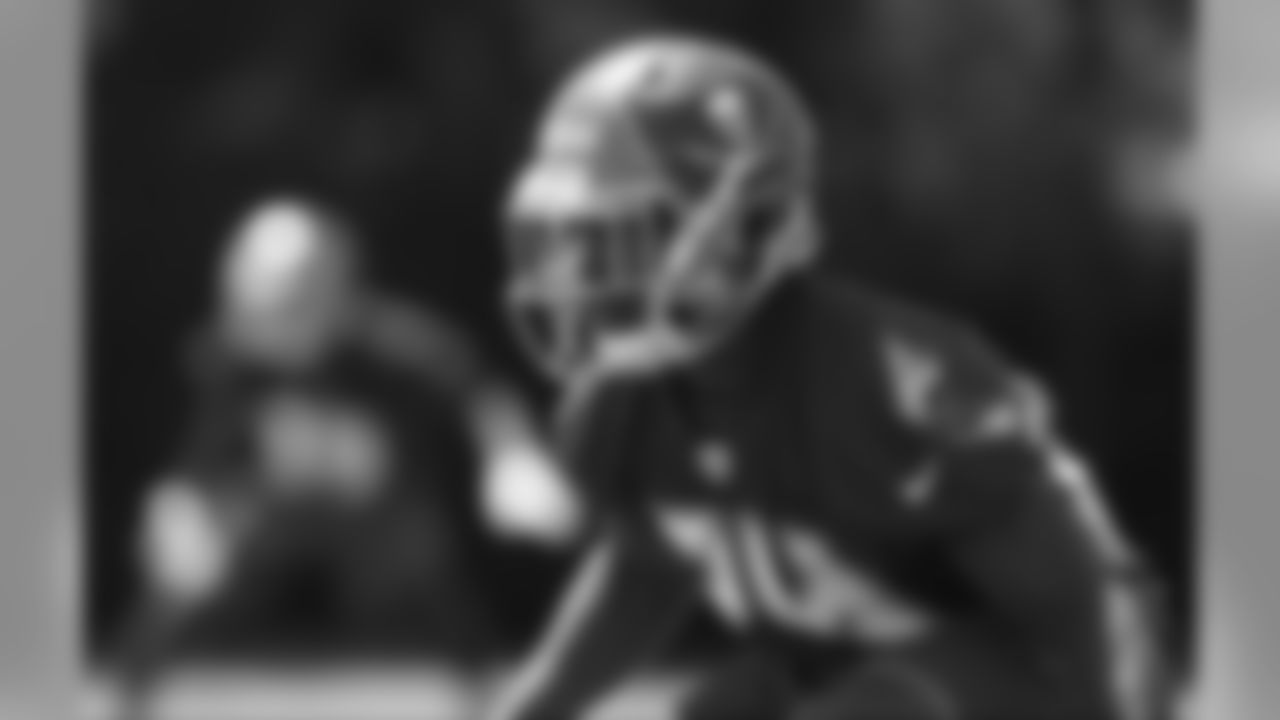
CB Marqus Baker
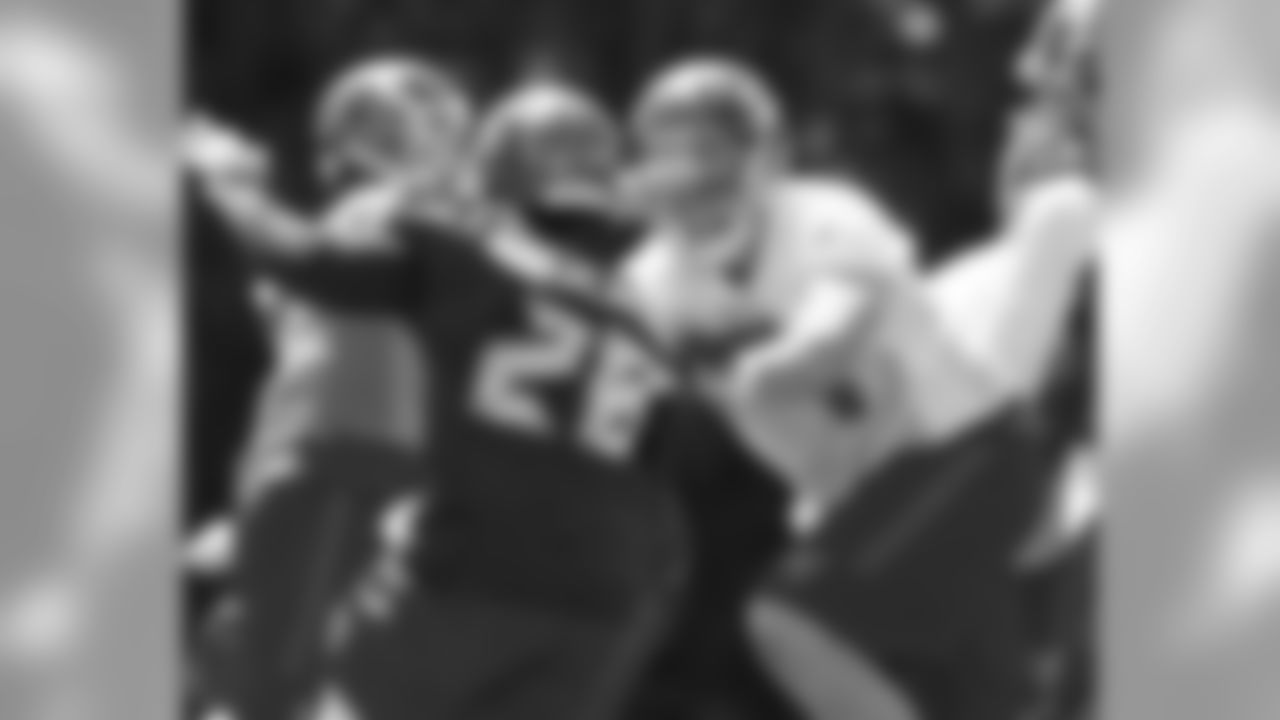
CB Vernon Hargreaves
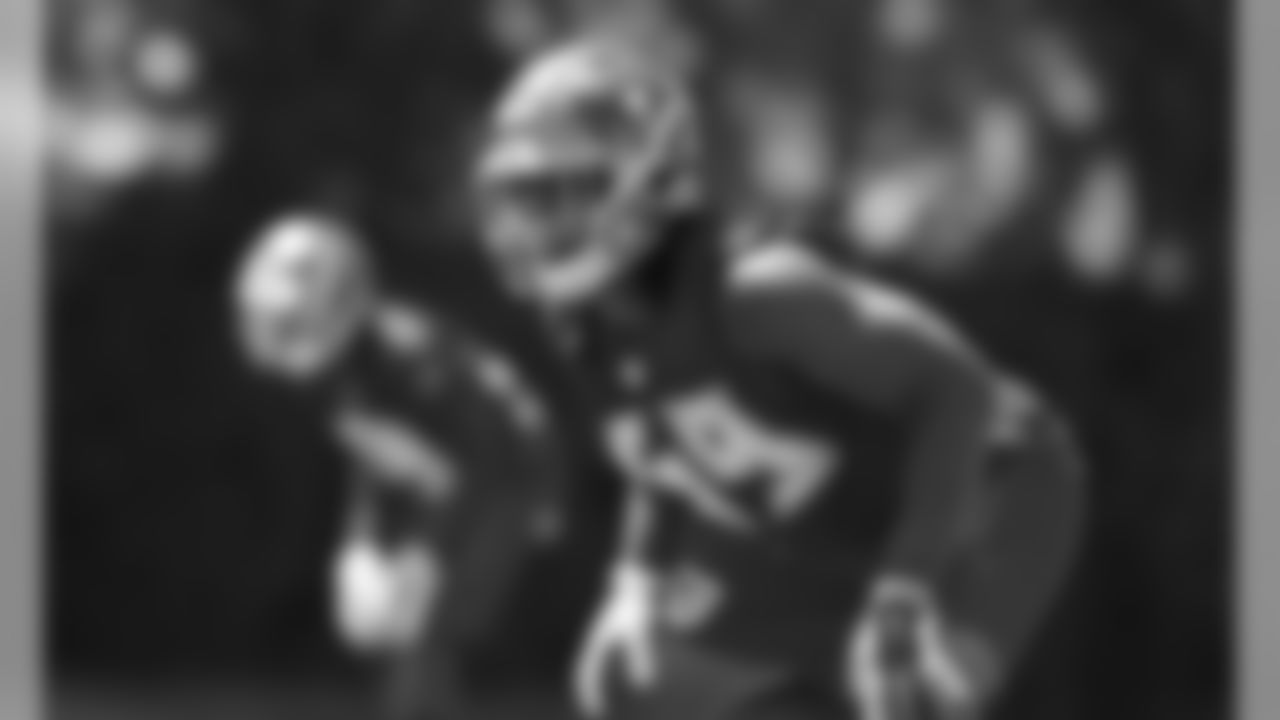
LB Devante Bond
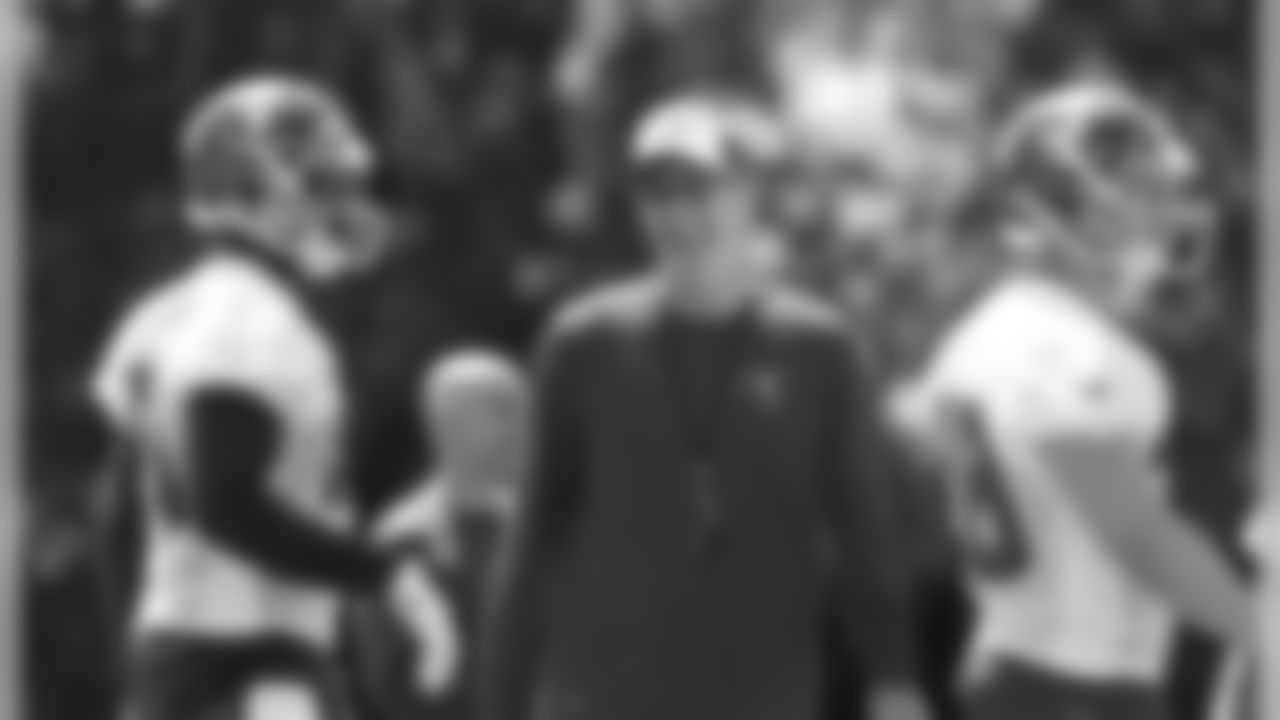
HC Dirk Koetter
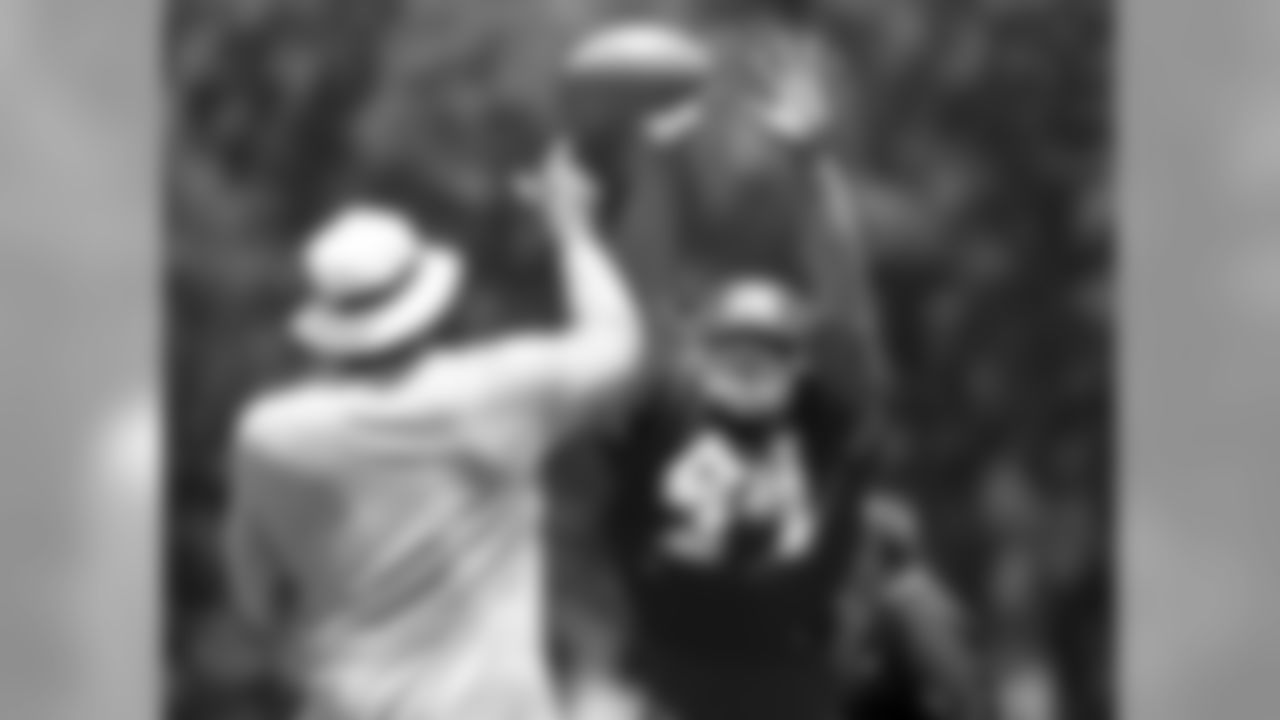
DE Darryl Paulo
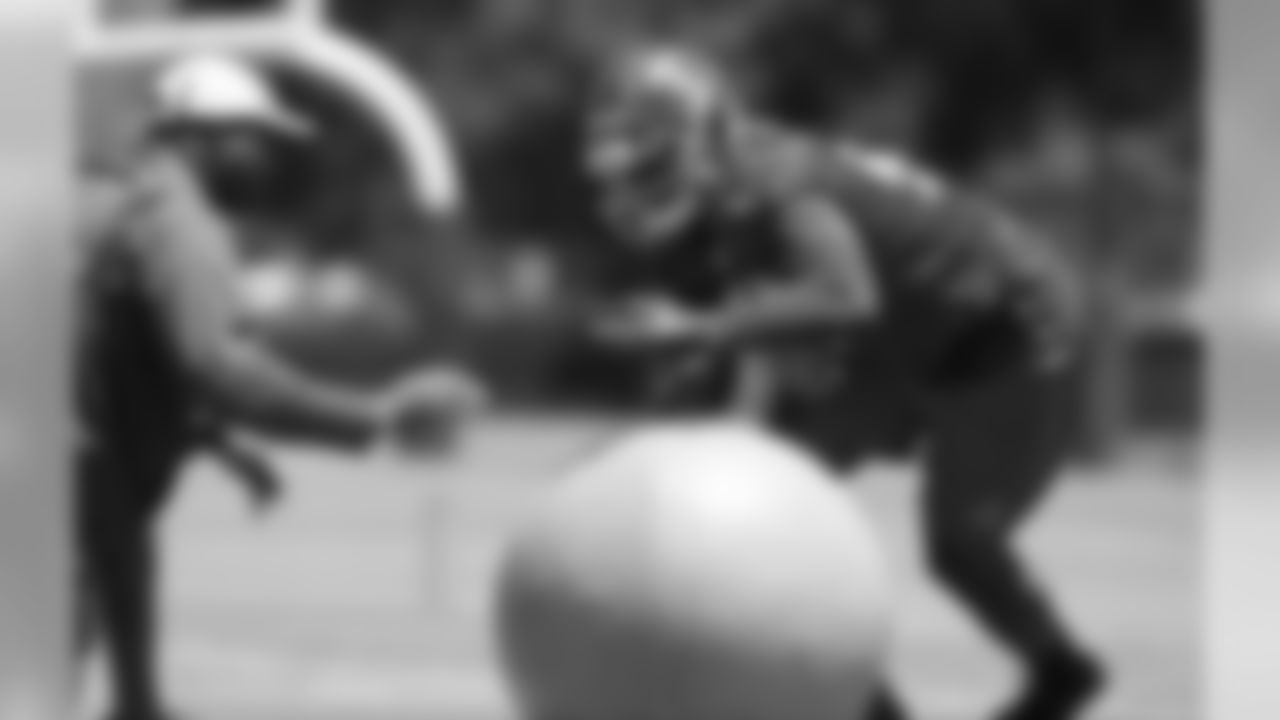
DE Noah Spence
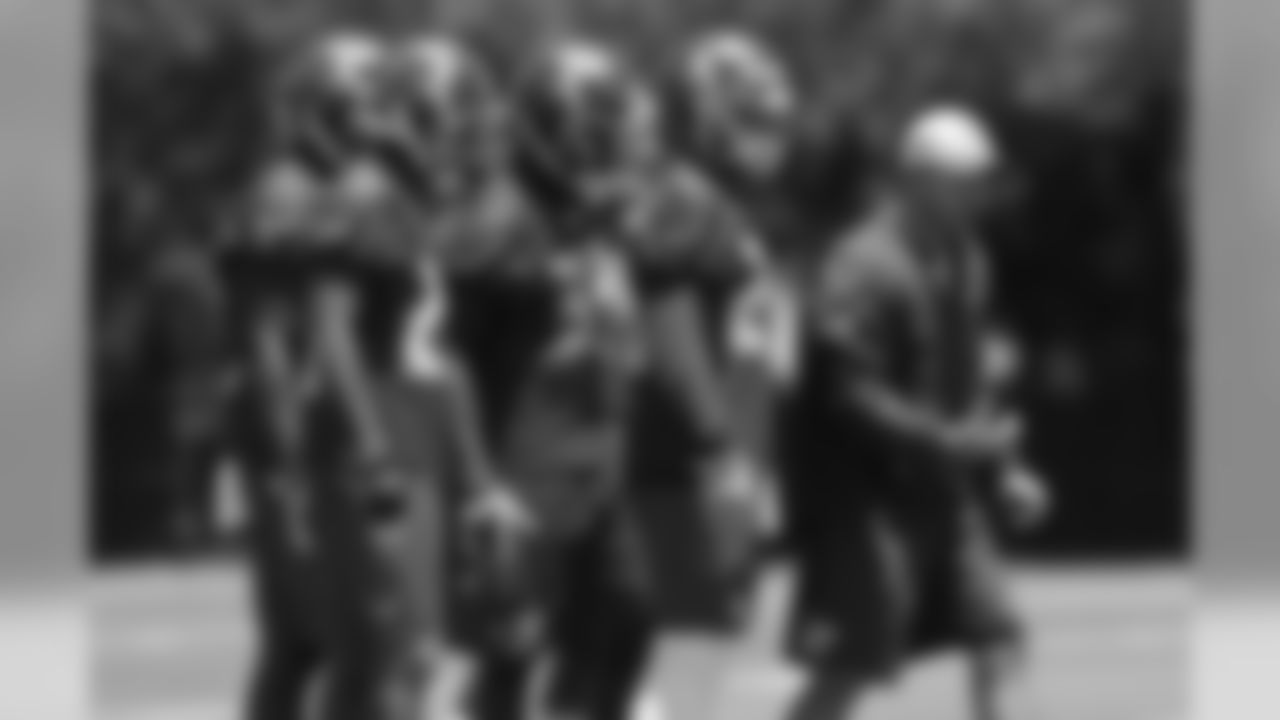
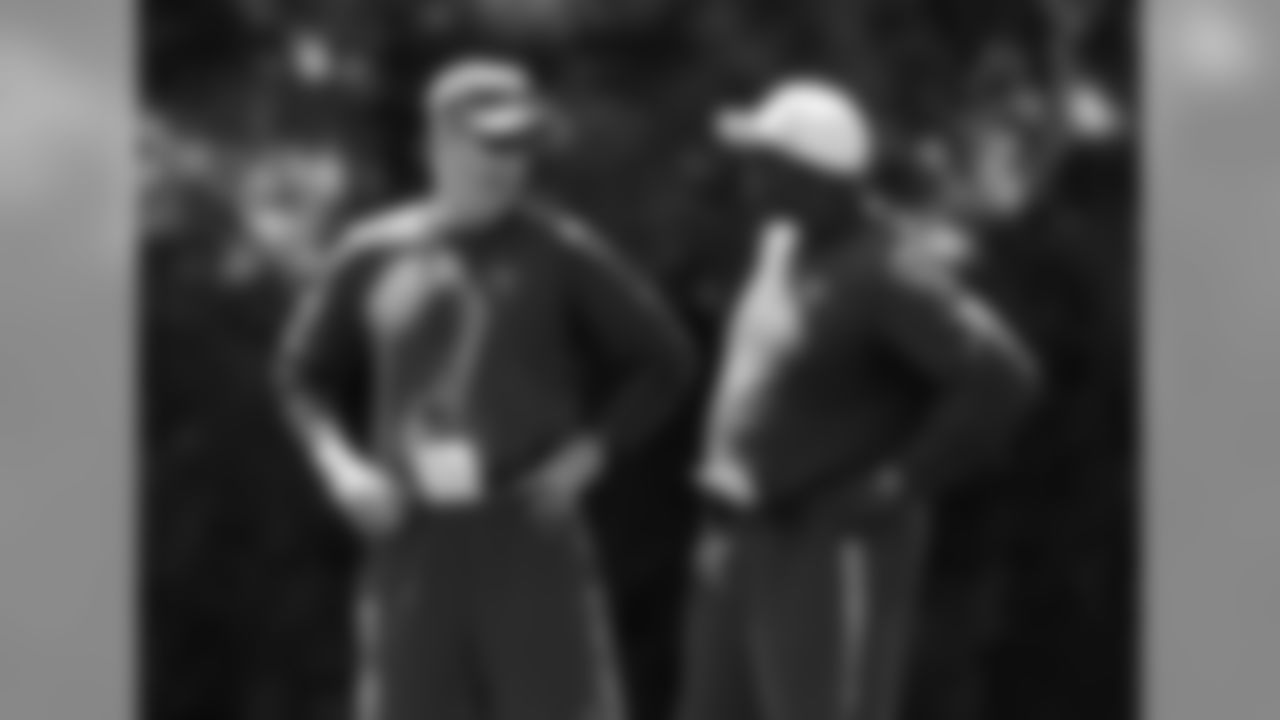
HC Dirk Koetter and OL Coach George Warhop

RB Russell Hansbrough

DE Noah Spence

CB Vernon Hargreaves
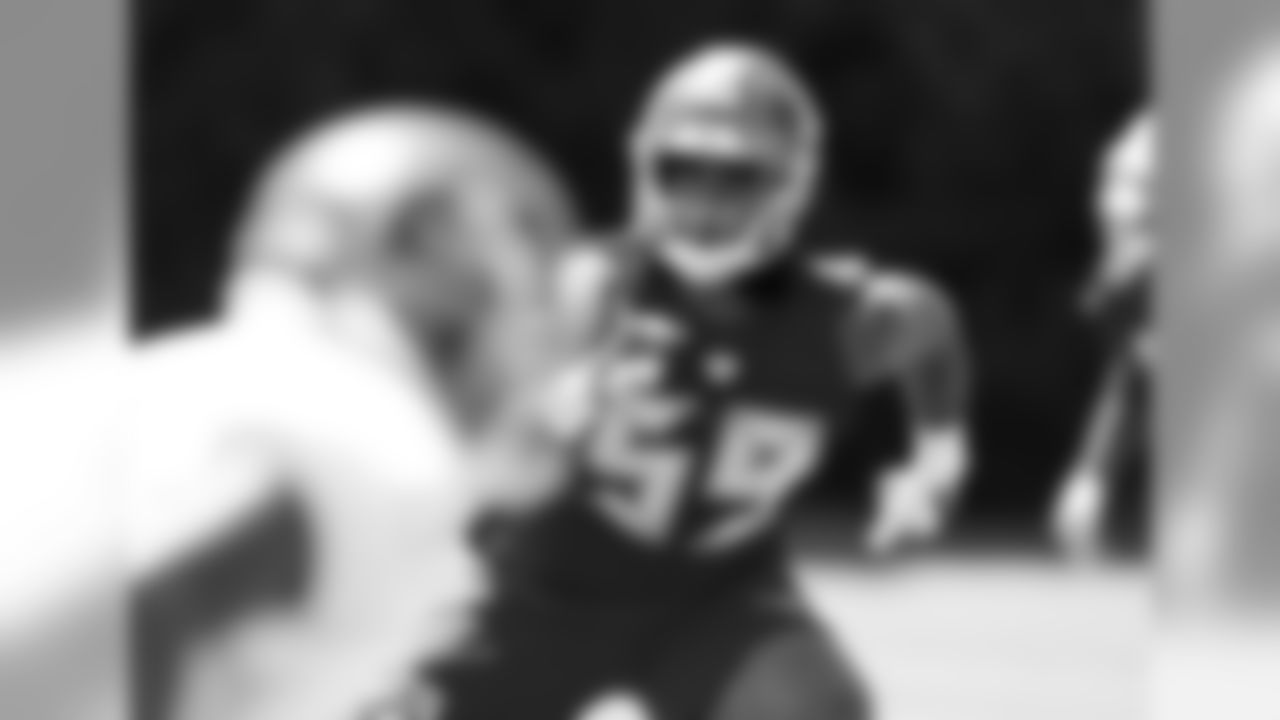
LB Devante Bond
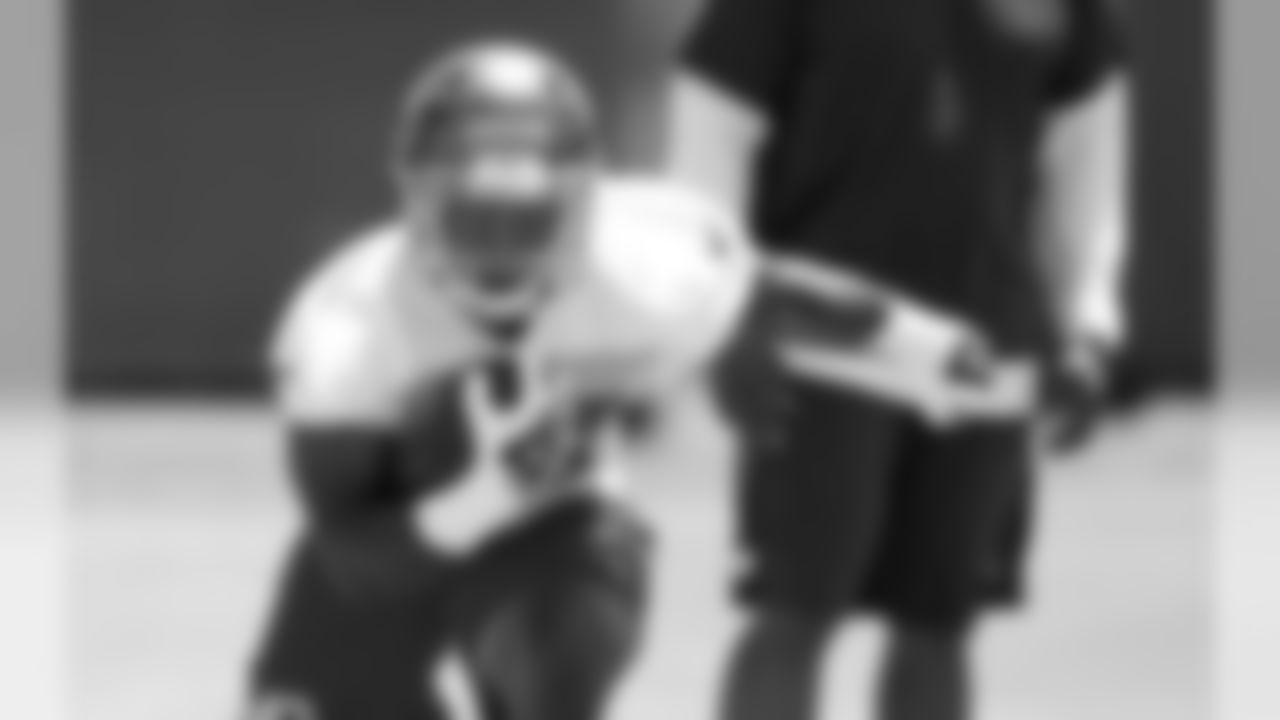
RB Peyton Barber

TE Dan Vitale
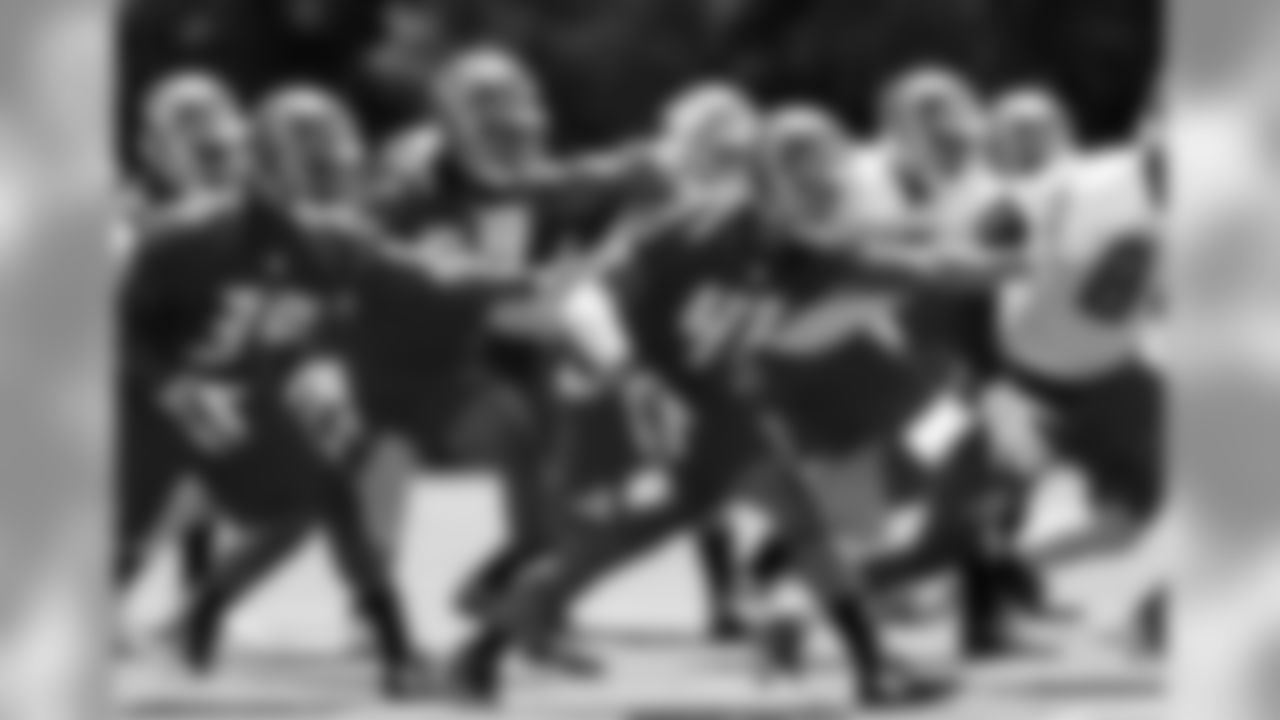
S Elijah Shumate

CB Vernon Hargreaves

CB Vernon Hargreaves
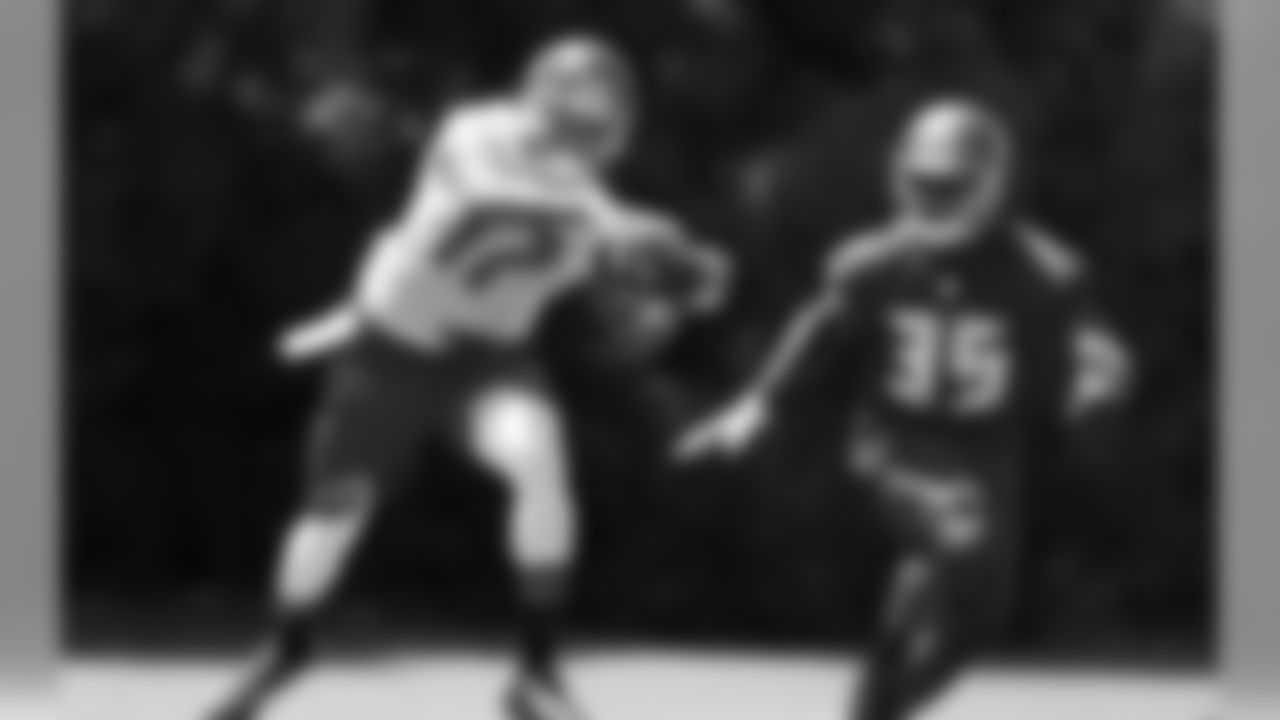
WR Andre Davis

CB Vernon Hargreaves
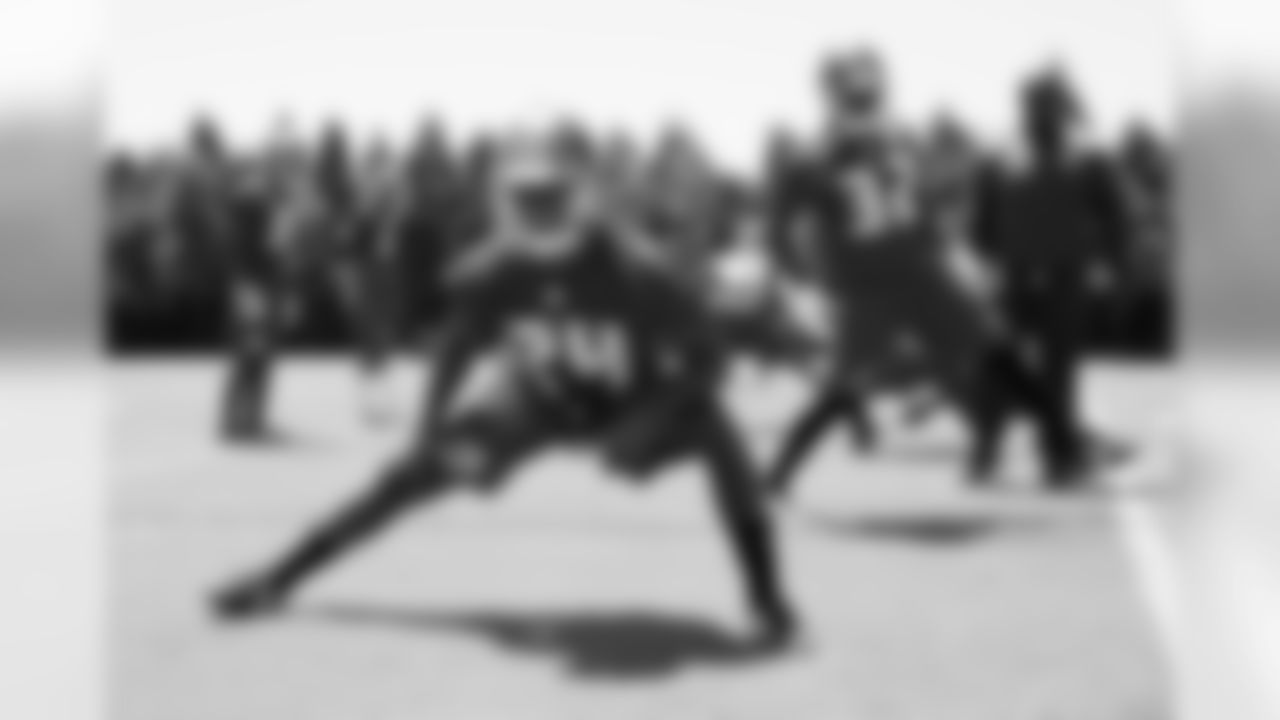
CB Marqus Baker

HC Dirk Koetter


Florida safety Keanu Neal was the pick at #17 overall, and he was immediately anointed the unofficial title of "the Kam Chancellor of Dan Quinn's defense." Quinn, the former Seattle Seahawks' defensive coordinator, obviously would love to add a player of Chancellor's impact to his unproven unit in Atlanta, and there are many draft analysts who believe he did just that. Neal will step in immediately as the starter at strong safety and be a roving enforcer type who also has frequent coverage duties on tight ends. Last year, the Falcons' starting safety tandem was the 30-year-old William Moore, since departed, and 2014 fifth-round pick Ricardo Allen, so this definitely looks like a quick upgrade.
Atlanta later used second and fourth-round picks on linebackers Deion Jones of LSU and De'Vondre Campbell of Minnesota. The Falcons' linebacker unit has been largely ignored in recent drafts – not counting edge rusher types like Beasley and Prince Shembo – so it was time for a talent infusion here. Former undrafted free agent Paul Worrilow has been the leader of this group for the last couple years, and he has racked up the tackles, but the Falcons have had trouble stopping the run overall. From 2013-15, Atlanta ranked 23rd in rushing yards allowed per game and 24th in yards allowed per rush.
Jones and Campbell will get a chance to earn starting jobs right away, too, perhaps with the former on the weakside and the latter in the middle. Two of last year's starters, veterans Justin Durant and O'Brien Schofield, are no longer with the team, though Sean Weatherspoon has returned after spending time in Arizona. Both rookie 'backers are considered talented but a little bit raw, and Jones may be closer to starting thanks to his superior coverage skills.
The Falcons' three offensive picks are highlighted by Austin Hooper from that tight end factory of Stanford. Atlanta actually dipped into that particular pool three years ago with fourth-rounder Levine Toilolo, but the 6-8 tight end hasn't really developed into the expected red zone threat. Last year, Toilolo had just seven catches and no touchdowns despite starting 15 games. Jacob Tamme took care of the tight end pass-catching role with 59 grabs but just one touchdown, and he is more of a serviceable veteran than a breakout threat. Hooper was the second tight end drafted in a weak year for that position, but he has the chance to develop into a third-round steal. He has the speed to stretch the field and might also be that red zone threat that neither Toilolo nor Tamme (one TD in 2015) proved to be.
Sixth-round offensive linemen are always developmental projects, so it's hard to predict how much of an impact Schweitzer will make. His first effort will simply be to beat out such holdover O-Line reserves as Ben Garland. Seventh-round picks are often about targeting one particular trait and then trying to develop that player into an NFL contributor. The trait for Fuller was speed, which might also come into play in the return game.
Carolina:

When it was all said and done, the Panthers tied the Saints for the fewest overall picks in this year's draft. A swap up with Cleveland in the third round to get cornerback Daryl Worley cost Carolina it's fourth-round pick, and last year's trade for Jared Allen came at the price of a sixth. After leading the NFL in scoring in 2015, the Panthers understandably used most of those limited resources on defense.
Last year, a well-stocked roster at most positions allowed the Panthers to make something of a luxury pick in linebacker Shaq Thompson, even though they already had two stars in that group in Luke Kuechly and Thomas Davis. Thompson wasn't an every-down player as a rookie with Kuechly and Davis around, but he's a talented player who will have time to grow into a star of his own right in Carolina.
After his team went 15-1 and made the Super Bowl with that excellent roster, General Manager David Gettleman appeared to take the same approach this year. At the end of the first round, the Panthers took advantage of an extremely deep talent pool at defensive tackle and grabbed Louisiana Tech's Vernon Butler. This despite the presence of standout DT starters Star Lotulelei and Kawann Short, the team's first two picks in the 2013 draft.
Gettleman is on record with his belief that the NFL is now a big man's game, and he obviously stayed true to that philosophy with the 6-4, 323-pound Butler. He may have to share snaps with Lotulelei and Butler, but that gives the Panthers an incredibly robust interior pass rush, with fresh legs always waiting on the sideline. After the first night of the draft, Gettleman said his staff was very surprised to see Butler drop to #30, and at that point his value was too good to pass up, even at a position of strength. Clearly, even though the Panthers' most pressing need appeared to be cornerback after the sudden pre-draft departure of Josh Norman, Carolina had Butler far higher on their board than any defensive back.
Along those lines, it's fair to note that only two cornerbacks went in the next 25 picks as many teams followed suit by loading up on the defensive line in the second round. By the time a new run on corners began, the Panthers' #62 pick was in the thick of it, and Carolina went with Samford's James Bradberry. As mentioned Gettleman then traded up to pick another corner just 15 picks later, and after a wait of nearly 70 more selections, grabbed a third one in Oklahoma's Zack Sanchez. If one subscribes to the notion that the draft is a crapshoot, particularly in the middle round, and that the best way to conquer it is to have as many picks as possible, then Carolina just applied that theory to one position in particular. If two of those three corners hit it should be considered a success, though it's unlikely any of them will be able to immediately duplicate Norman's contributions.
Bene Benwikere has developed nicely in Norman's shadow and should be one of the team's starters next year. The Panthers signed former Eagle and Steeler Brandon Boykin in free agency and he's likely to be the nickel corner, and that leaves one starting spot that will probably come down to a competition between those three rookies. While Bradberry may have gone higher in the draft, it wasn't by much after the team moved up for Worley.
The only offensive pick for the Panthers came one pick from the end of the whole thing, making Montana State tight end Beau Sandland the penultimate Mr. Irrelevant. Will Sandland be relevant for the Panthers? Well, he's not unseating Greg Olsen, that's for sure. Ed Dickson has become a pretty solid complement to Olsen, as well, so it's hard to see a straight path to playing time for Sandland, who does have the advantage of being just one of four tight ends on the 53-man roster. He also performed quite well at the Combine.
New Orleans:

The Saints also ended up with a league-low five draftees this year. Despite several years of salary-cap struggles and what would seem like a need to add draft picks (and thus cost-controlled talent), New Orleans went the other way, twice trading up. They gave up their fourth to move 17 spots from the third round into the second, where they landed safety Vonn Bell. They then gave up a fifth-rounder in next year's draft to jump 32 spots from the fifth round to the fourth, targeting Manitoba's David Onyemata, the second Canadian lineman they have drafted after Akiem Hicks in the first round in 2012. The Saints were also without their sixth-rounder after sending it to Washington last year in another small trade up.
If those moves by the Saints were unpredictable, their first-round pick was not. One of the most common "hits" for all the mock drafters out there was Louisville defensive tackle Sheldon Rankins to New Orleans at #12. As deep as this year's class was in that position, Rankins was seen as clearly the best one, and the Saints needed help all over their defensive depth chart. He seemed like more of a sure thing than such pass-rushers as Shaq Lawson and Robert Nkemdiche and thus appeared to be the perfect fit for the Saints.
Rankins represents a huge improvement for the Saints in two ways – or at least a potential improvement, given that there are no sure things in the draft. If he excels as an interior pass-rusher as expected, Rankins will make it tougher for quarterbacks to get away from a decent New Orleans edge rush led by Cameron Jordan. He's also a strong run-stopper, and the Saints were second-to-last in that category as a team last year. The D-Line got another piece in Onyemata, the first player ever drafted out of Manitoba, but it's likely that it will take him some time to develop. We're probably a year or two away from knowing if this was a failed reach or a fine piece of international scouting. Onyemata was listed as a defensive end but may actually end up inside for the Saints.
New Orleans took the only offensive player among the NFC South's 10 first and second-round picks, getting good value in Ohio State's Michael Thomas, just the sixth receiver taken overall. The 6-2, 217 pound Thomas has great size if not top-level speed, which makes him seem like a natural replacement for Brees's long-time favorite target Marques Colston. New Orleans still had defensive needs all over its depth chart at this point, but Brees has lost a lot of his stalwart targets in the last two years so it was no surprise to see the Saints try to reload here.
Given those defensive needs, it was also not surprising to see General Manager Mickey Loomis then traded back up for another second-round pick in order to take a second straight Buckeye in Bell. The Saints passed on other defensive needs, such as cornerback or defensive end, with that Day Two pick but did get a safety who excels in coverage but wasn't considered the hardest hitter for his position. Again, any defensive upgrade was a need for a Saints team that has struggled mightily on that side of the ball.
Other than Onyemata, the only Day Three pick the team made was seventh-rounder Daniel Lasco, a Cal running back. Lasco will probably have a battle on his hands to make the roster given the presence of such holdover backs as Mark Ingram, Tim Hightower and Travaris Cadet.
























